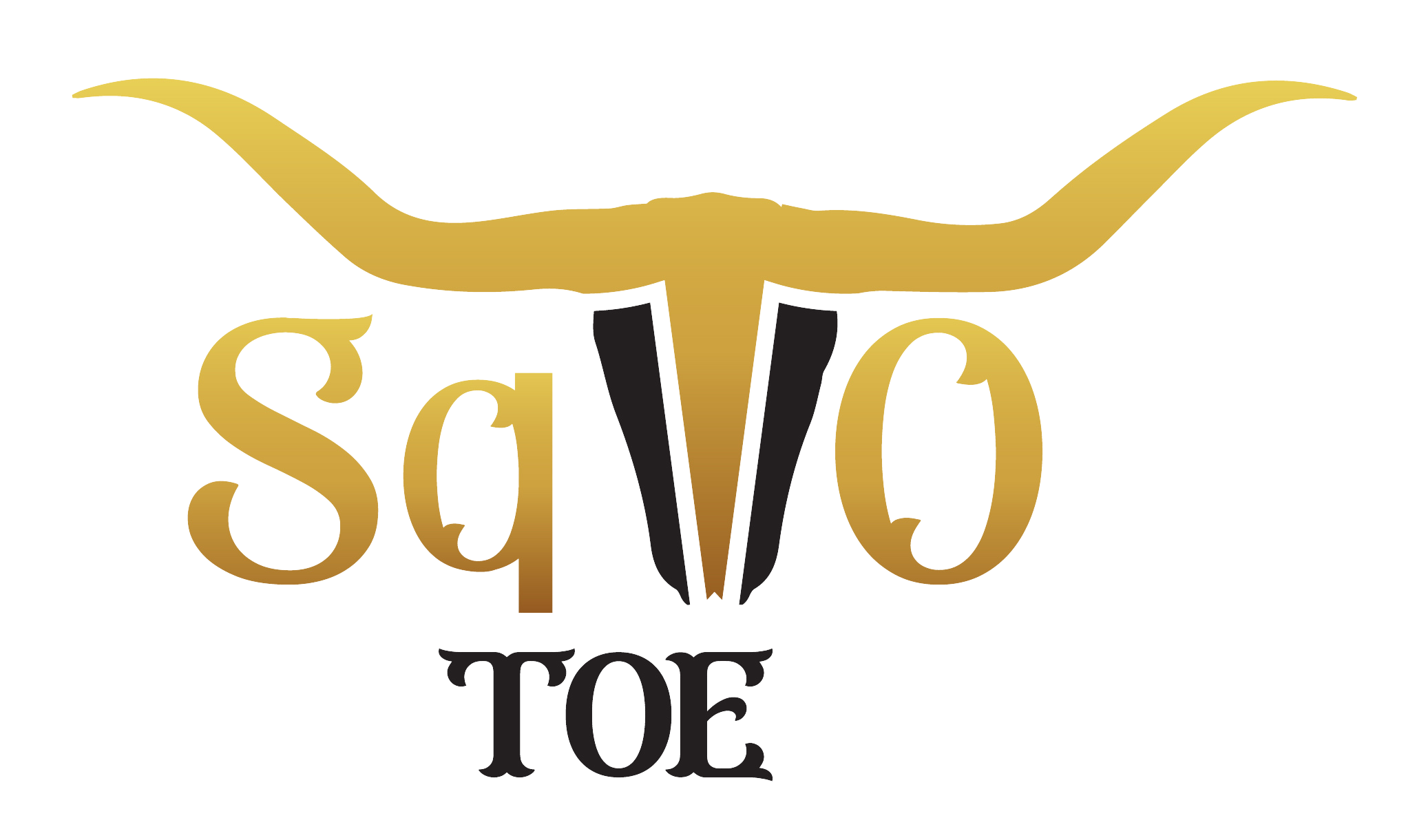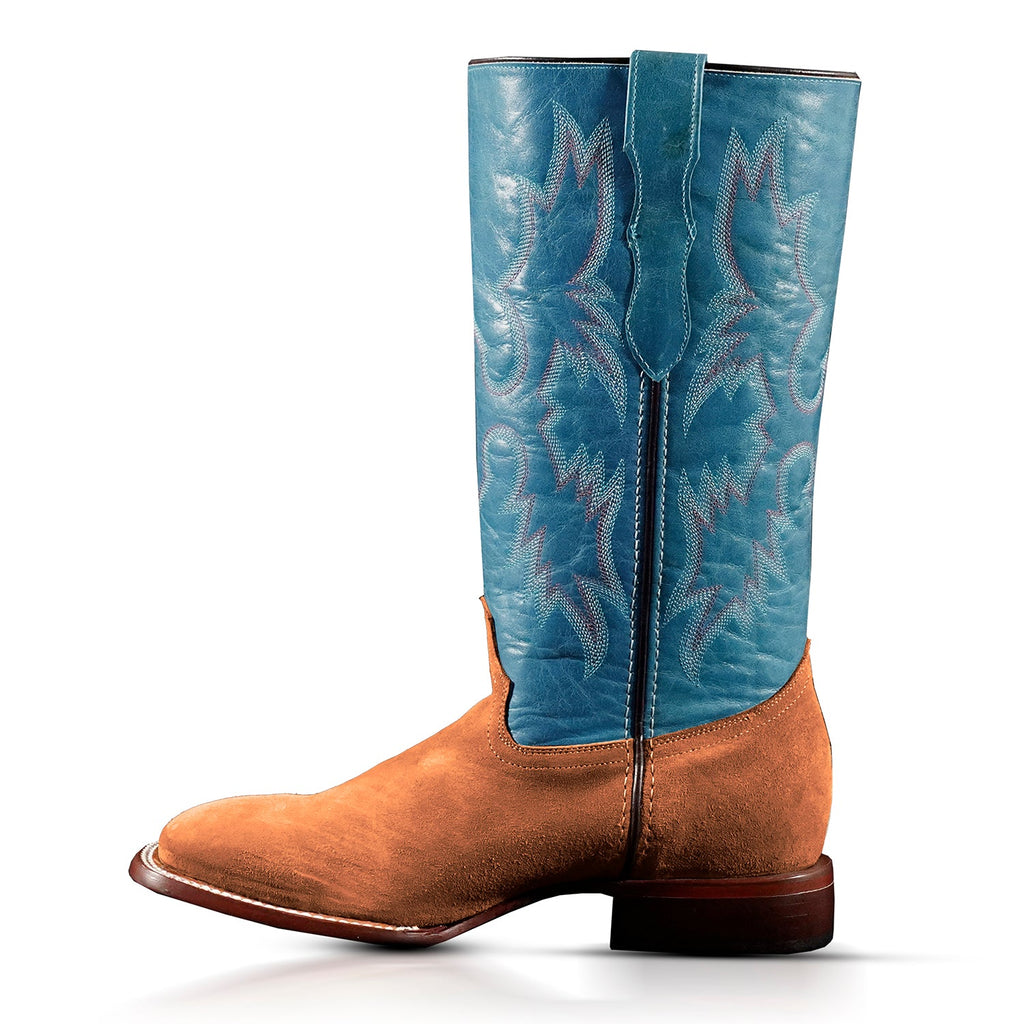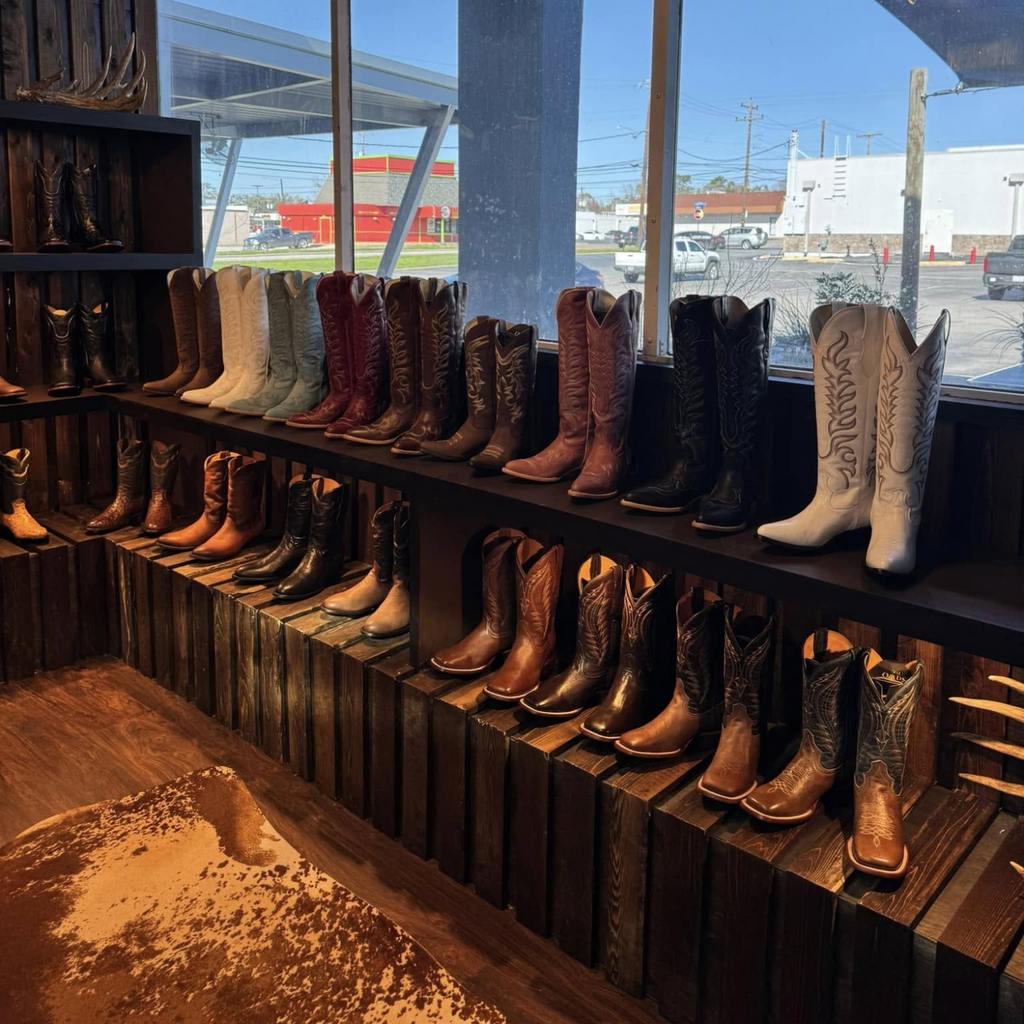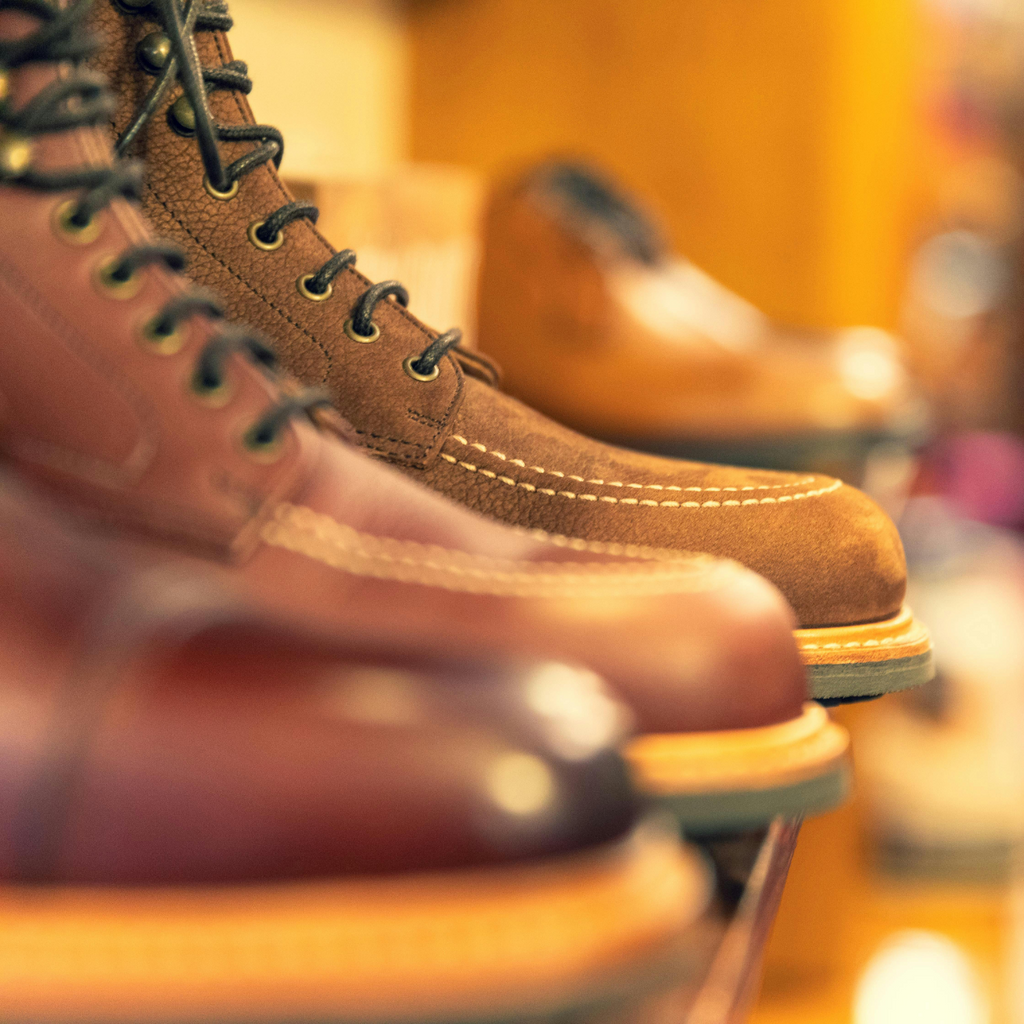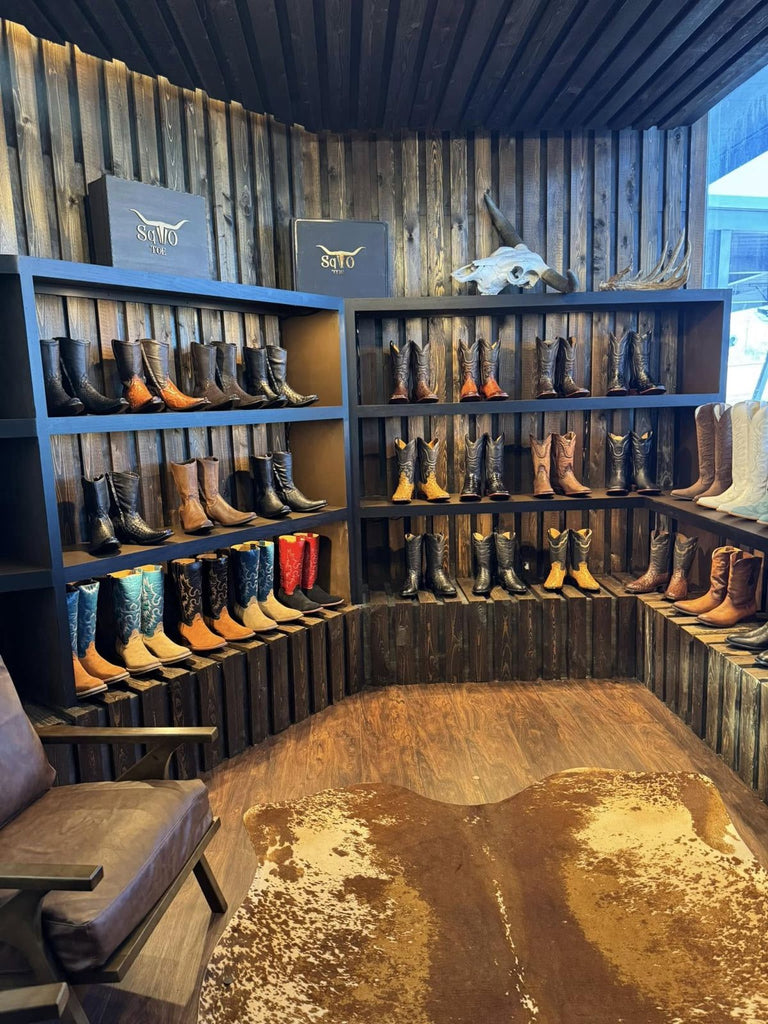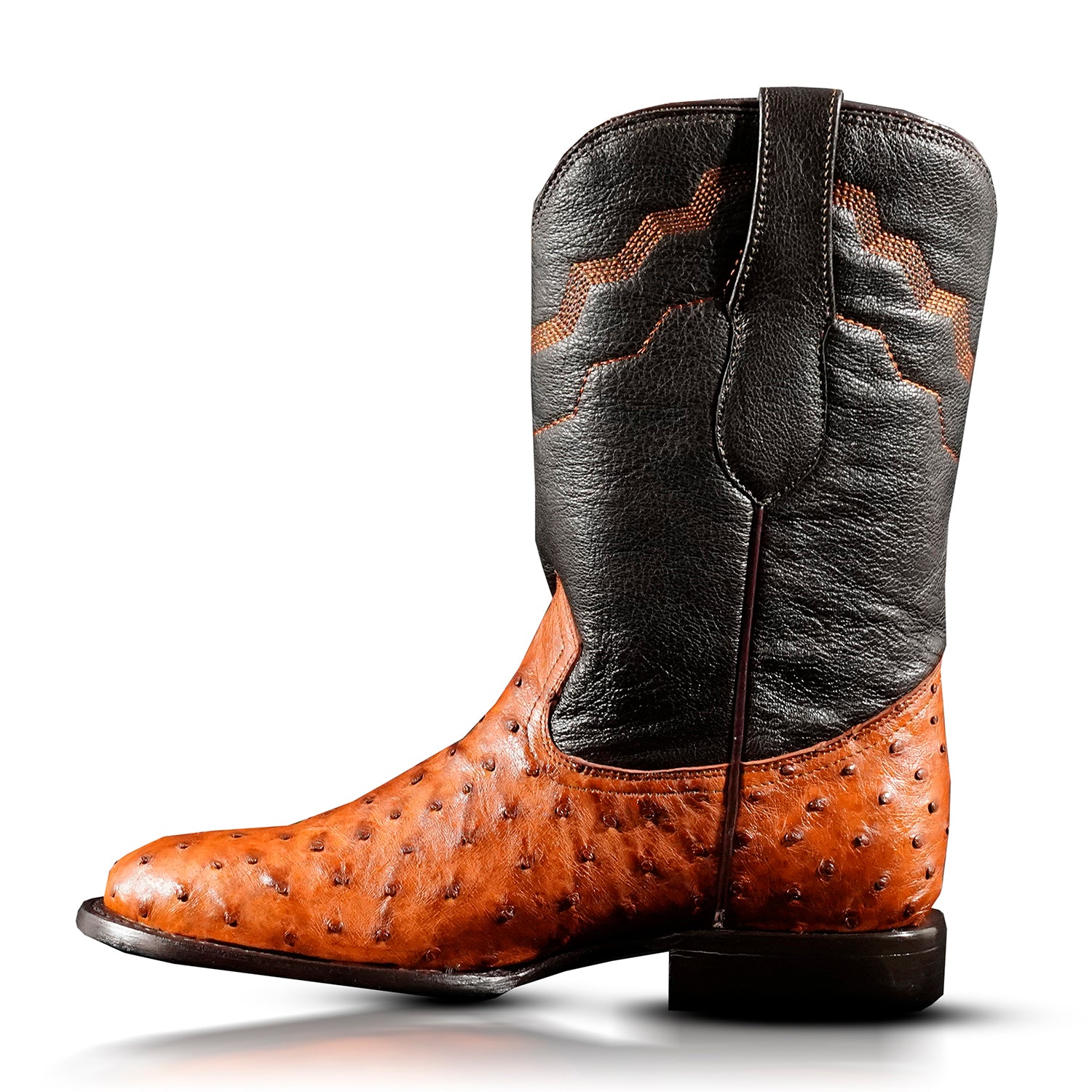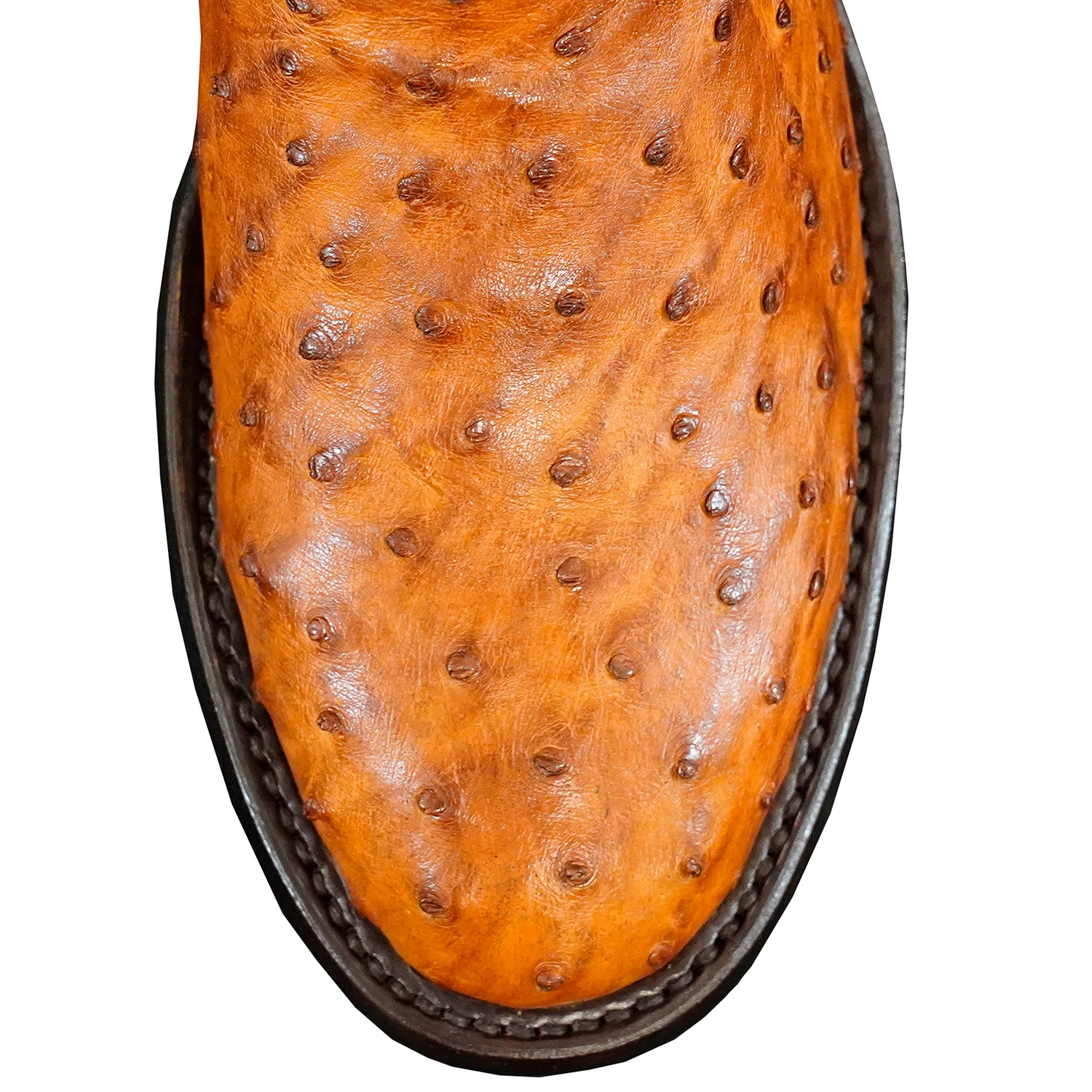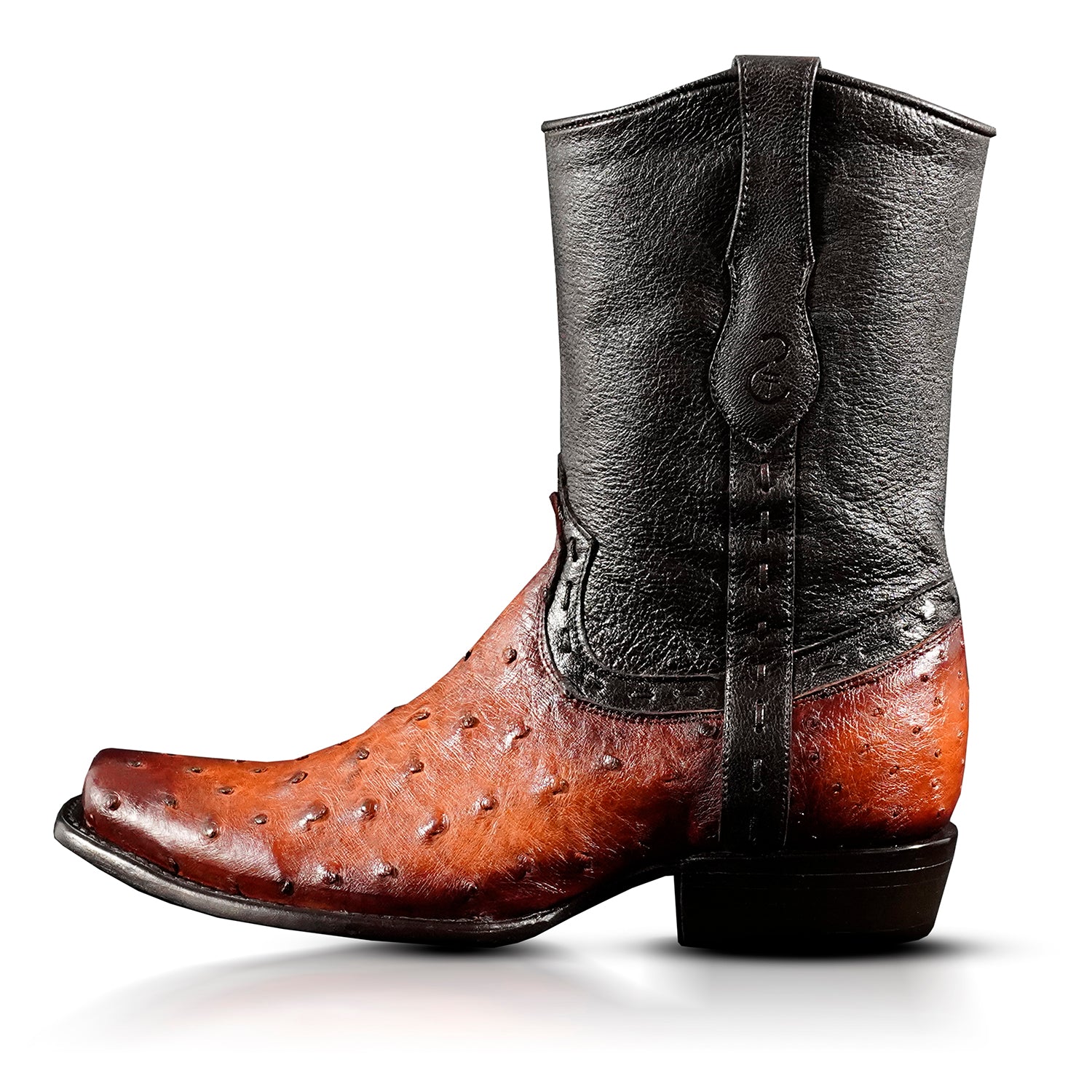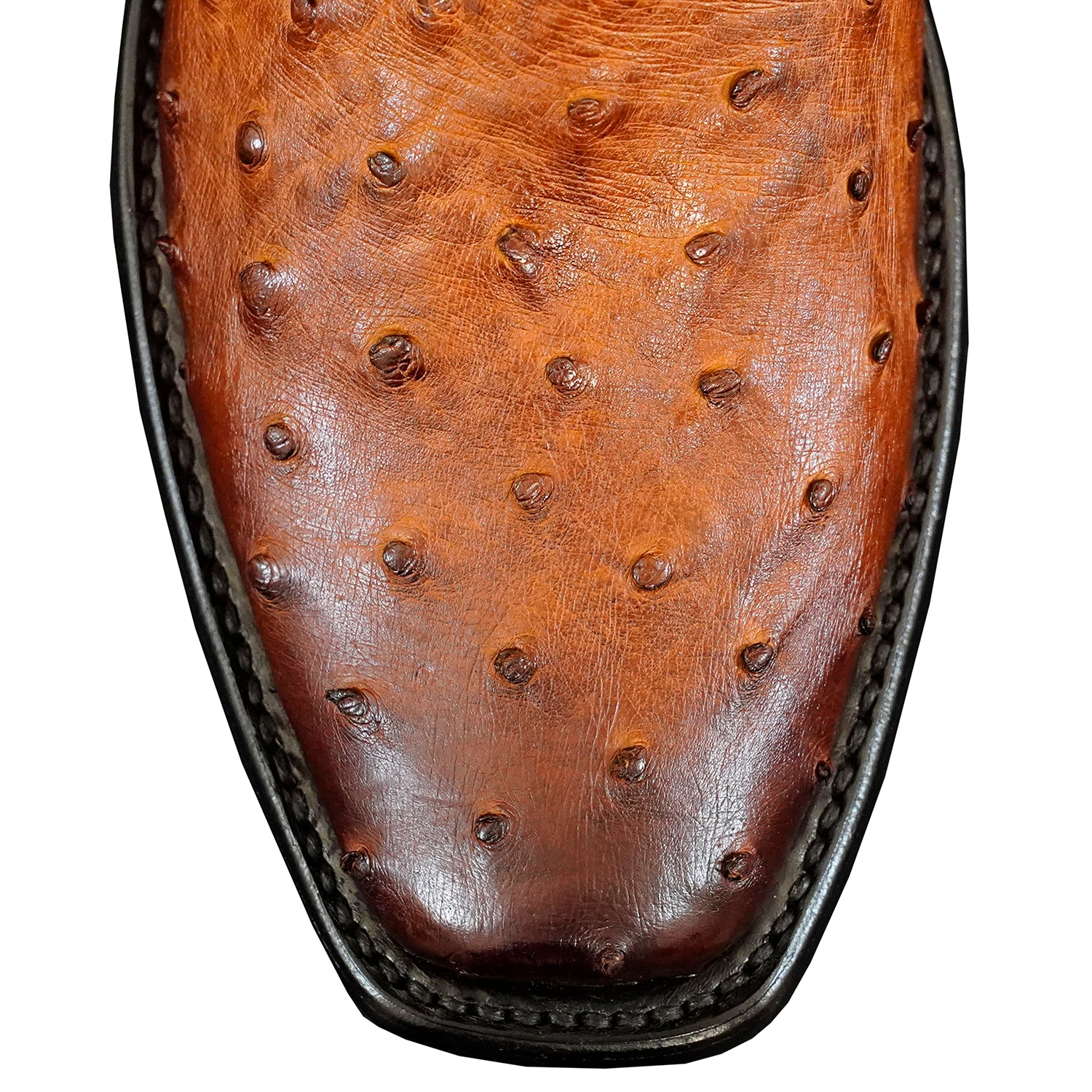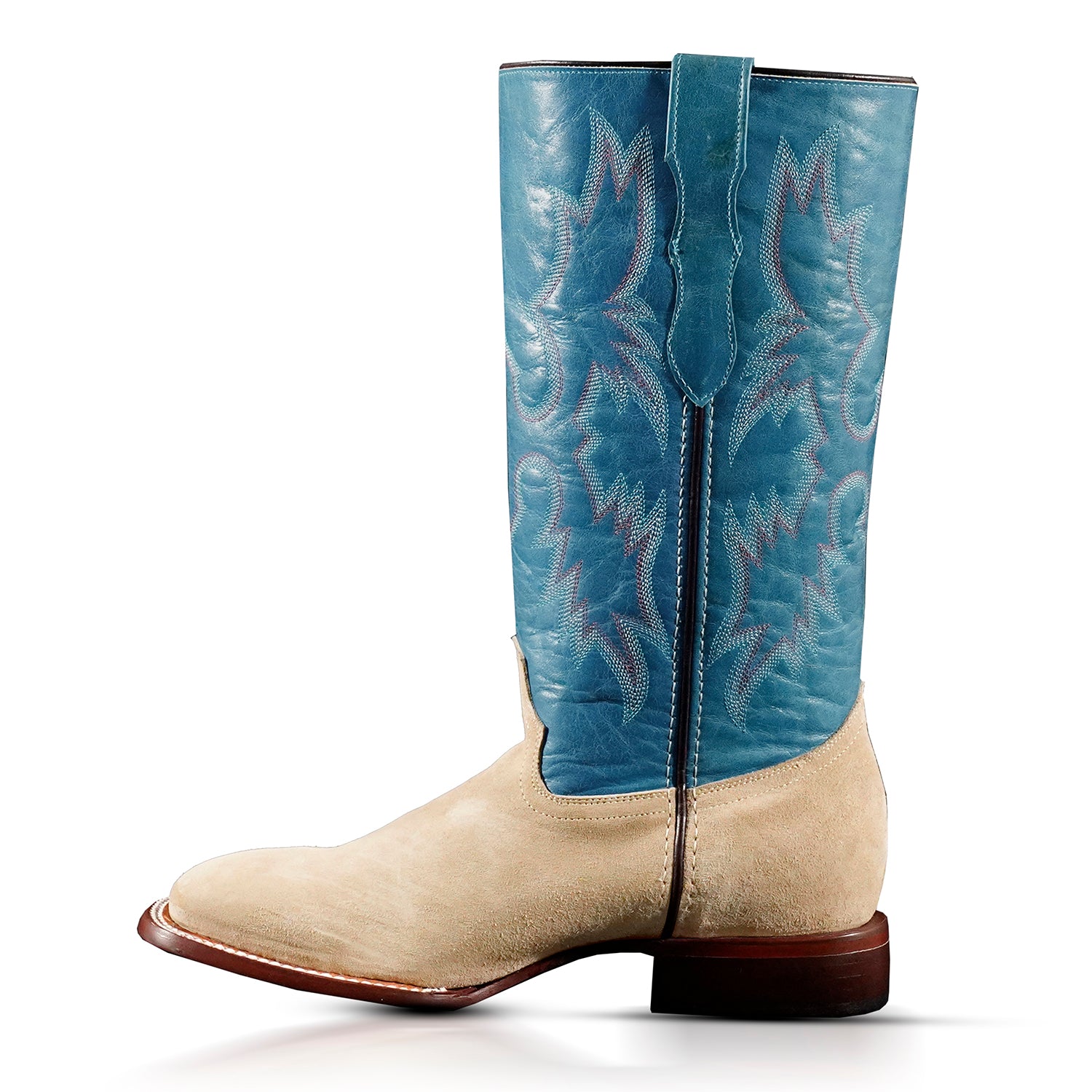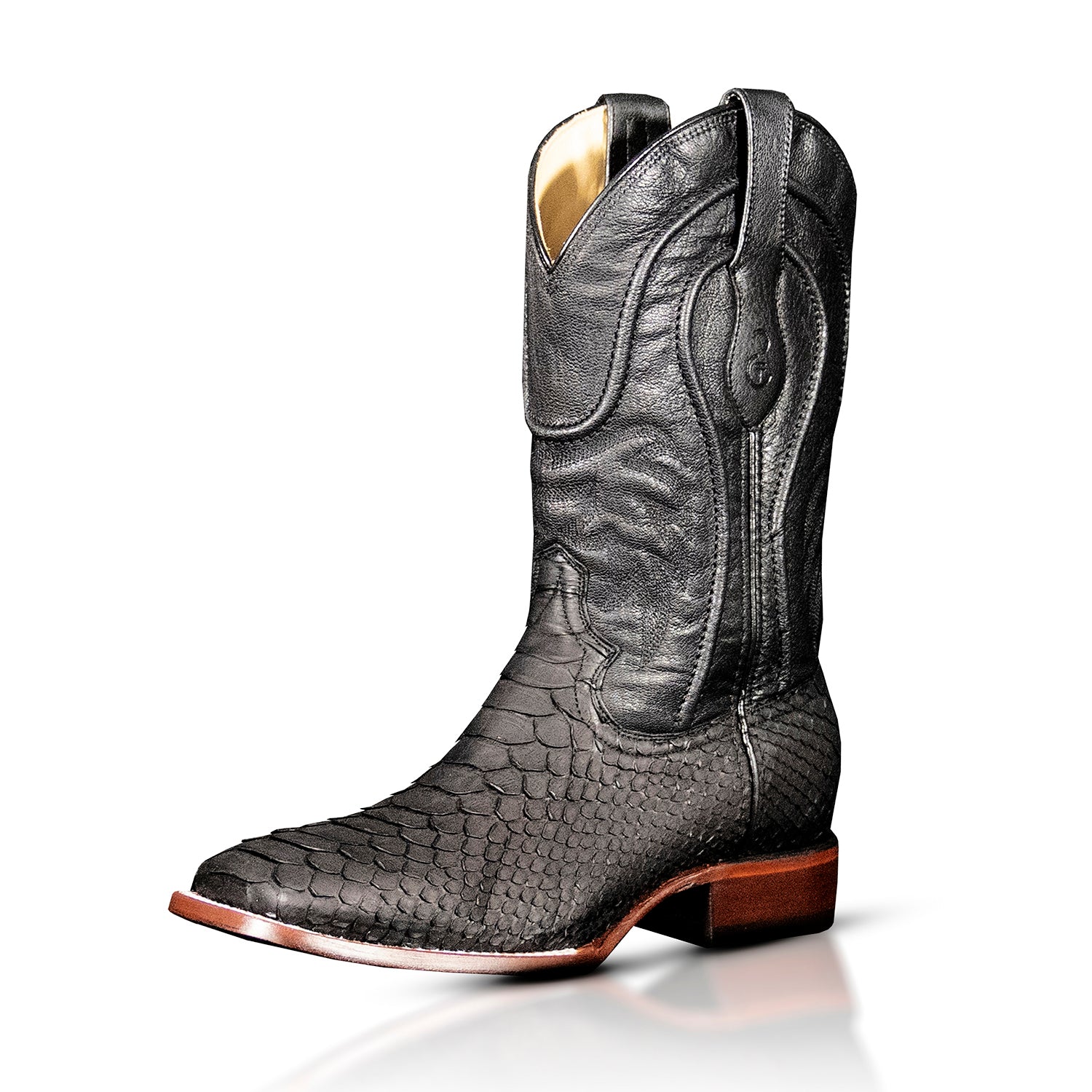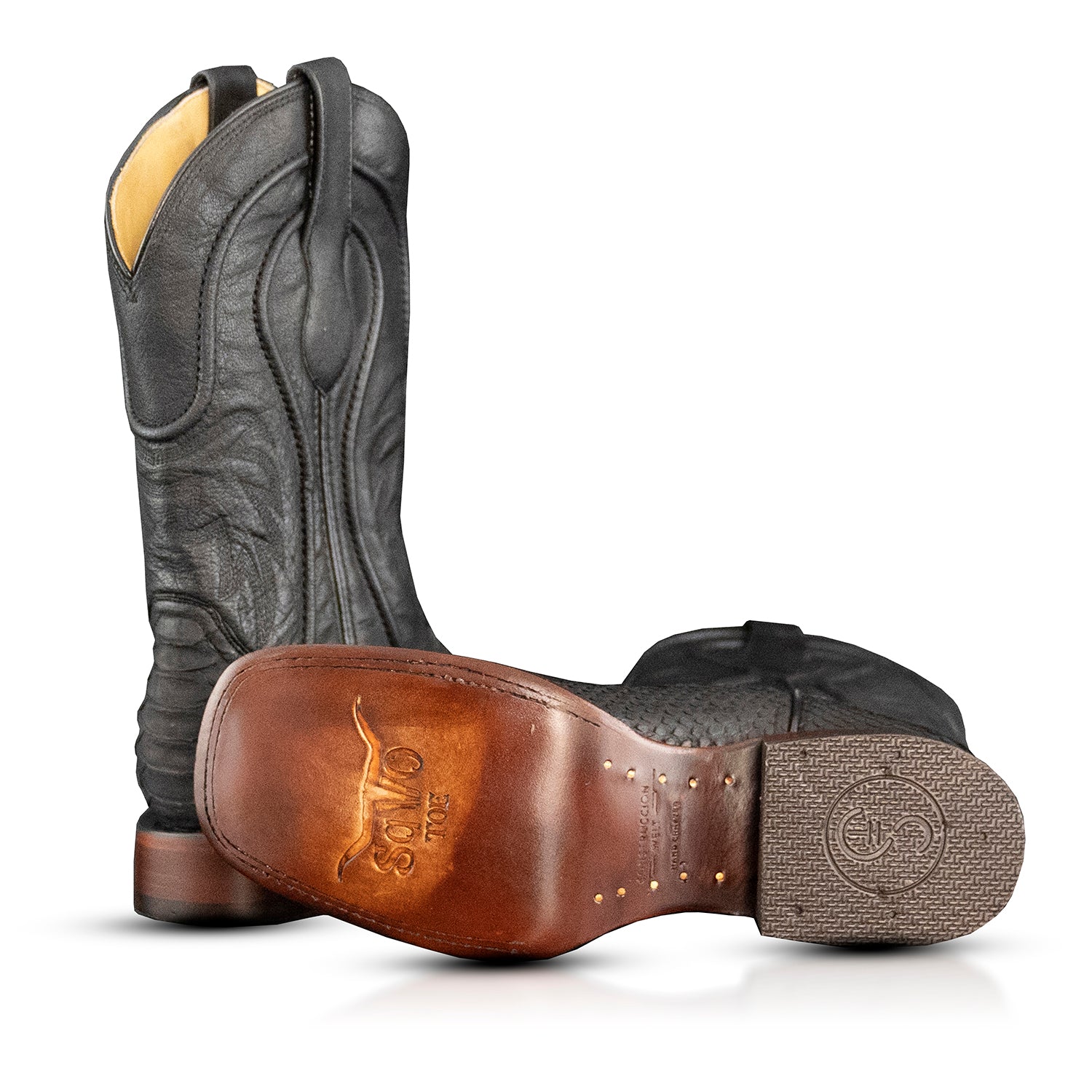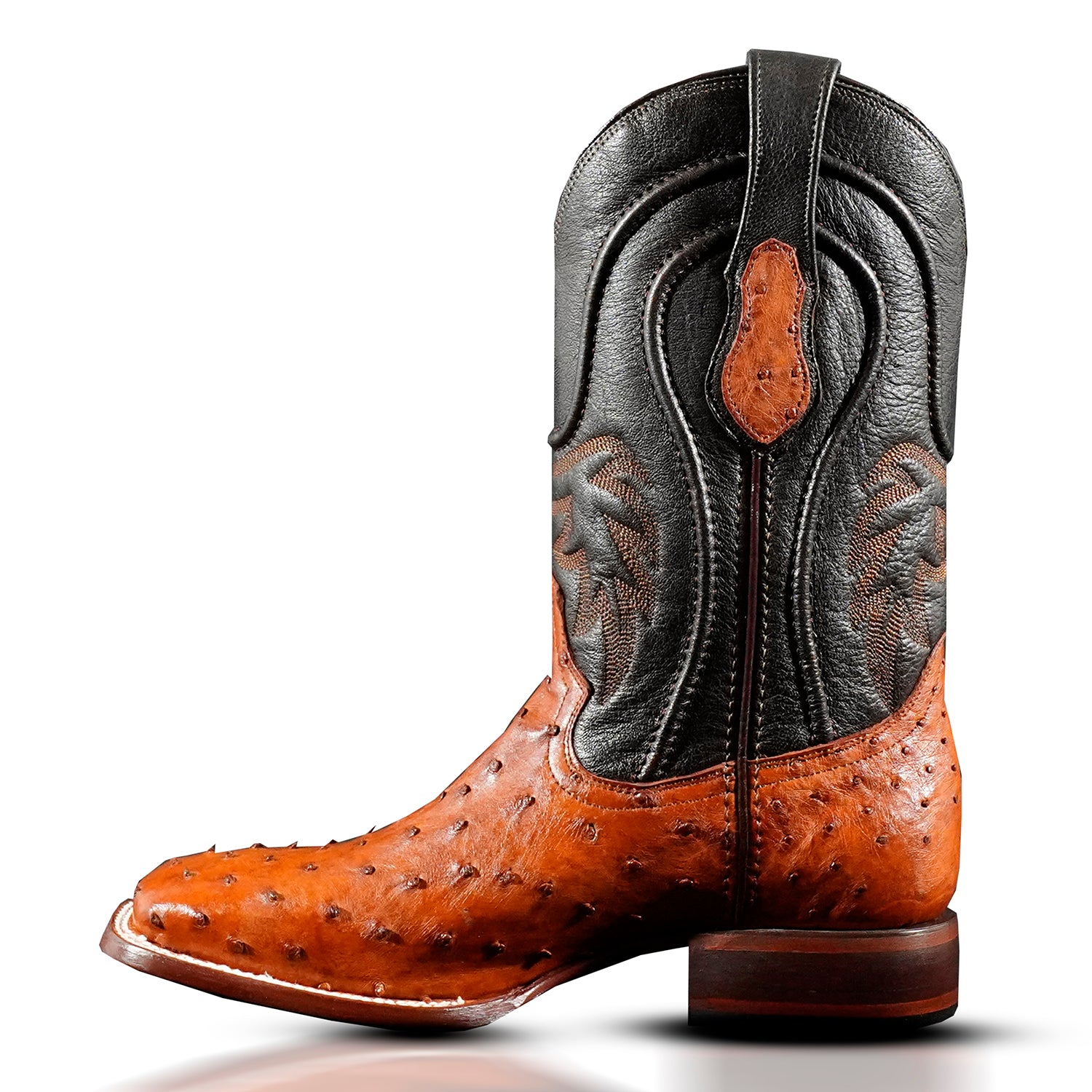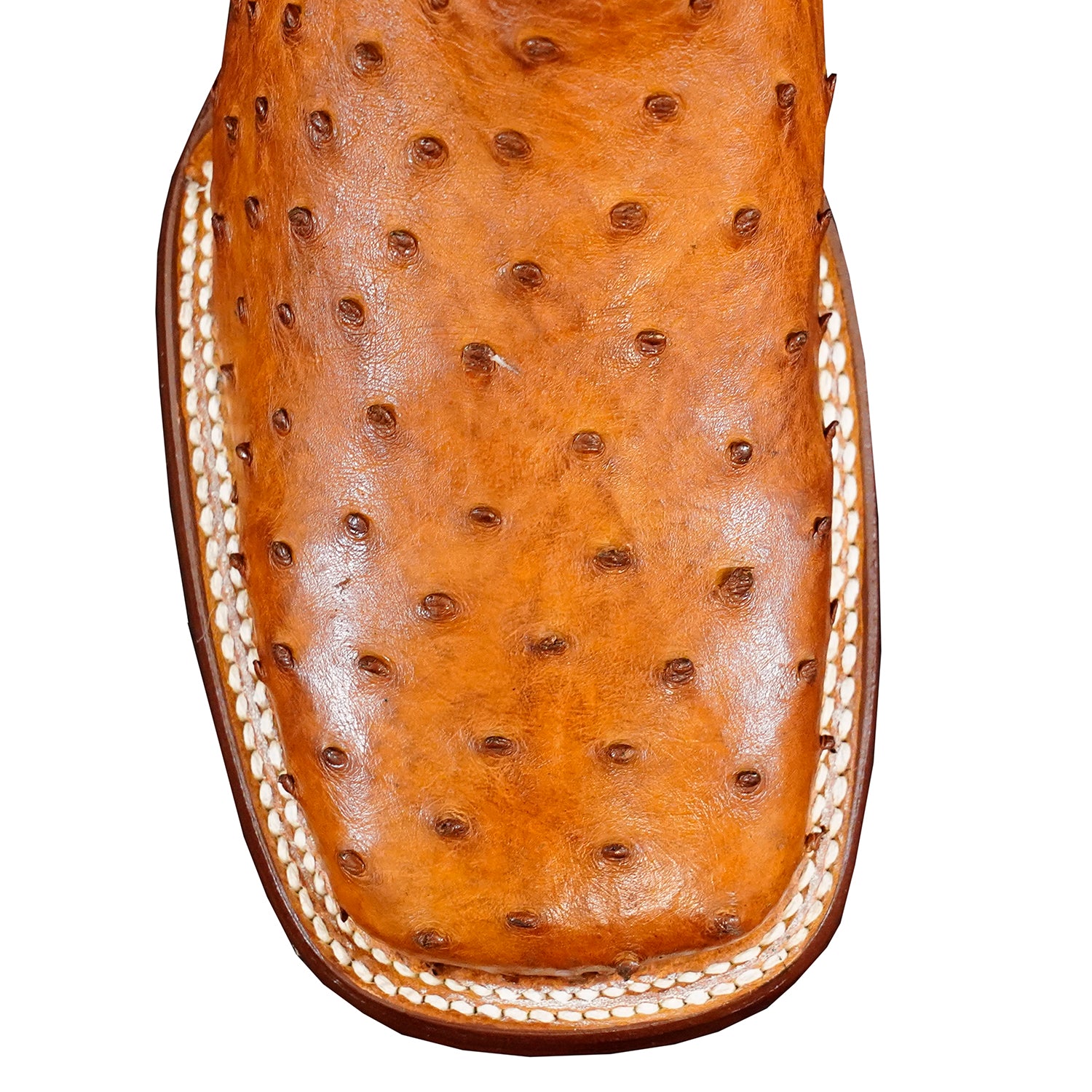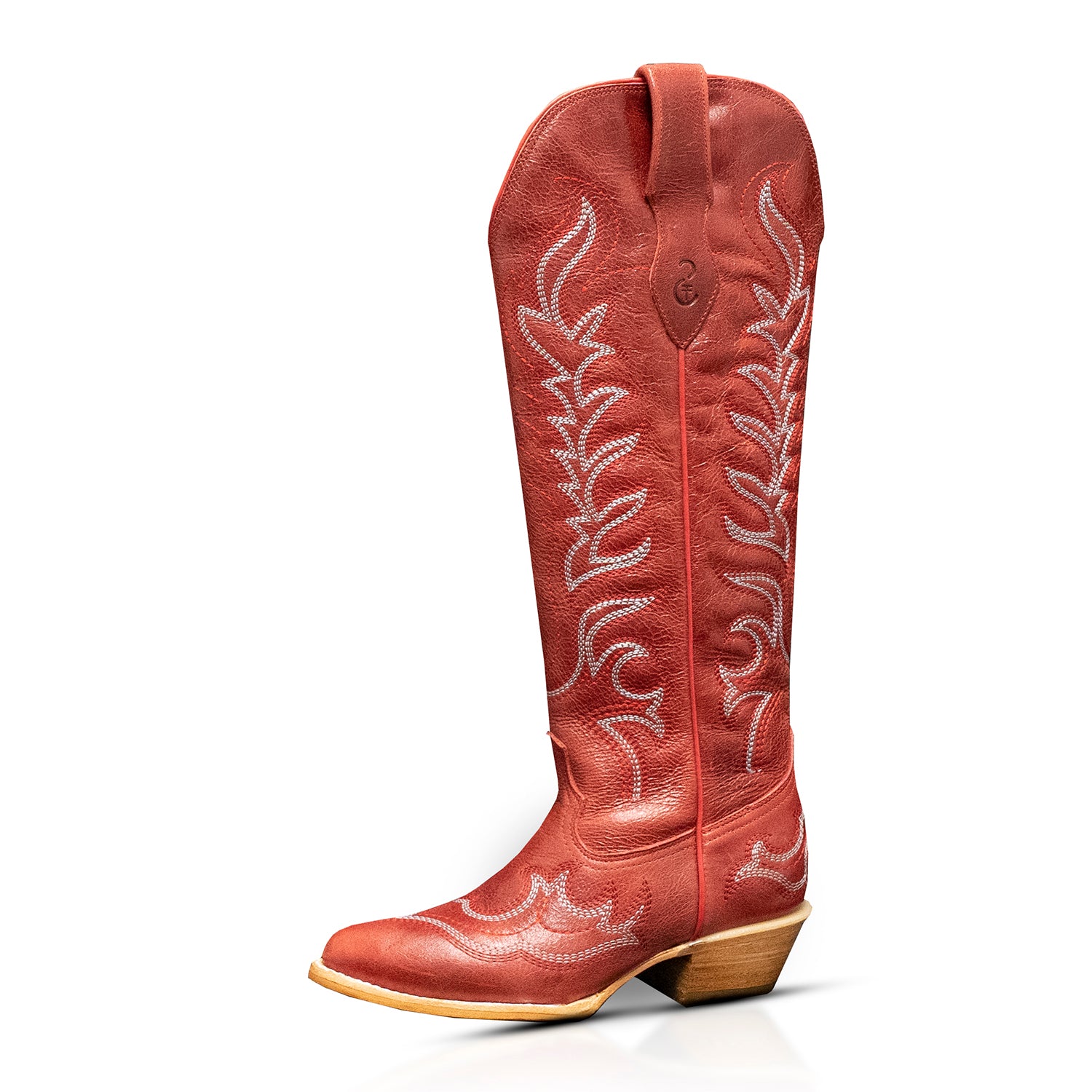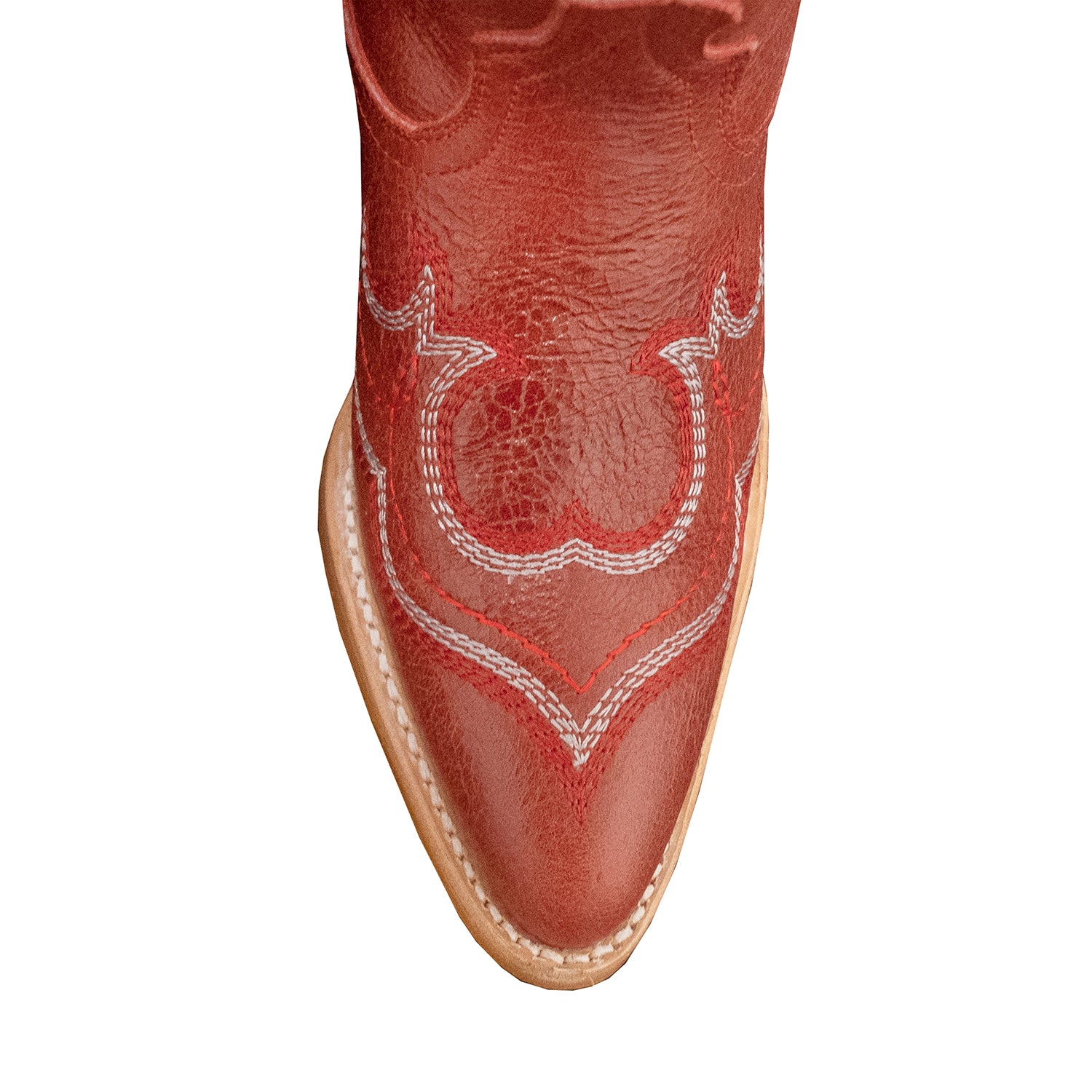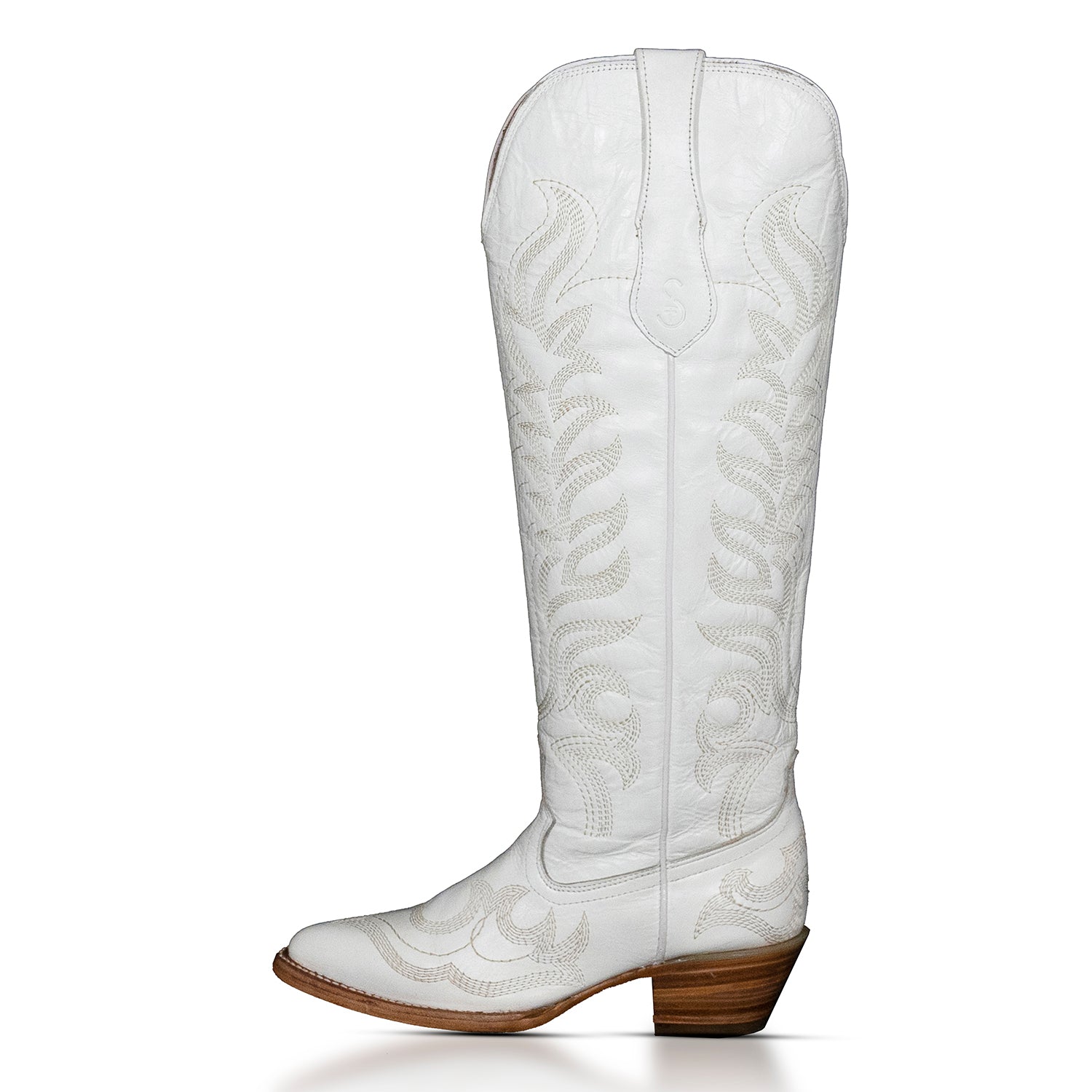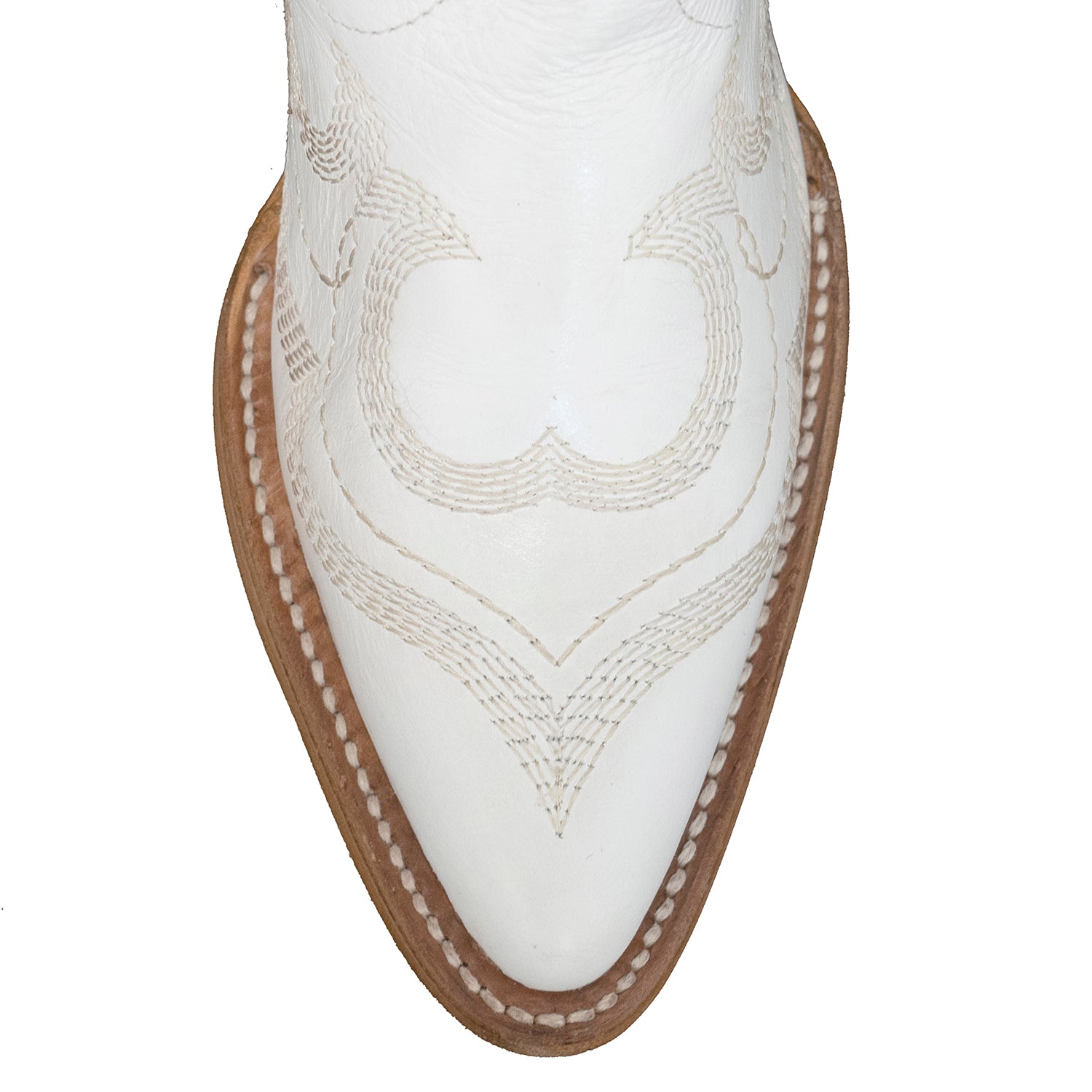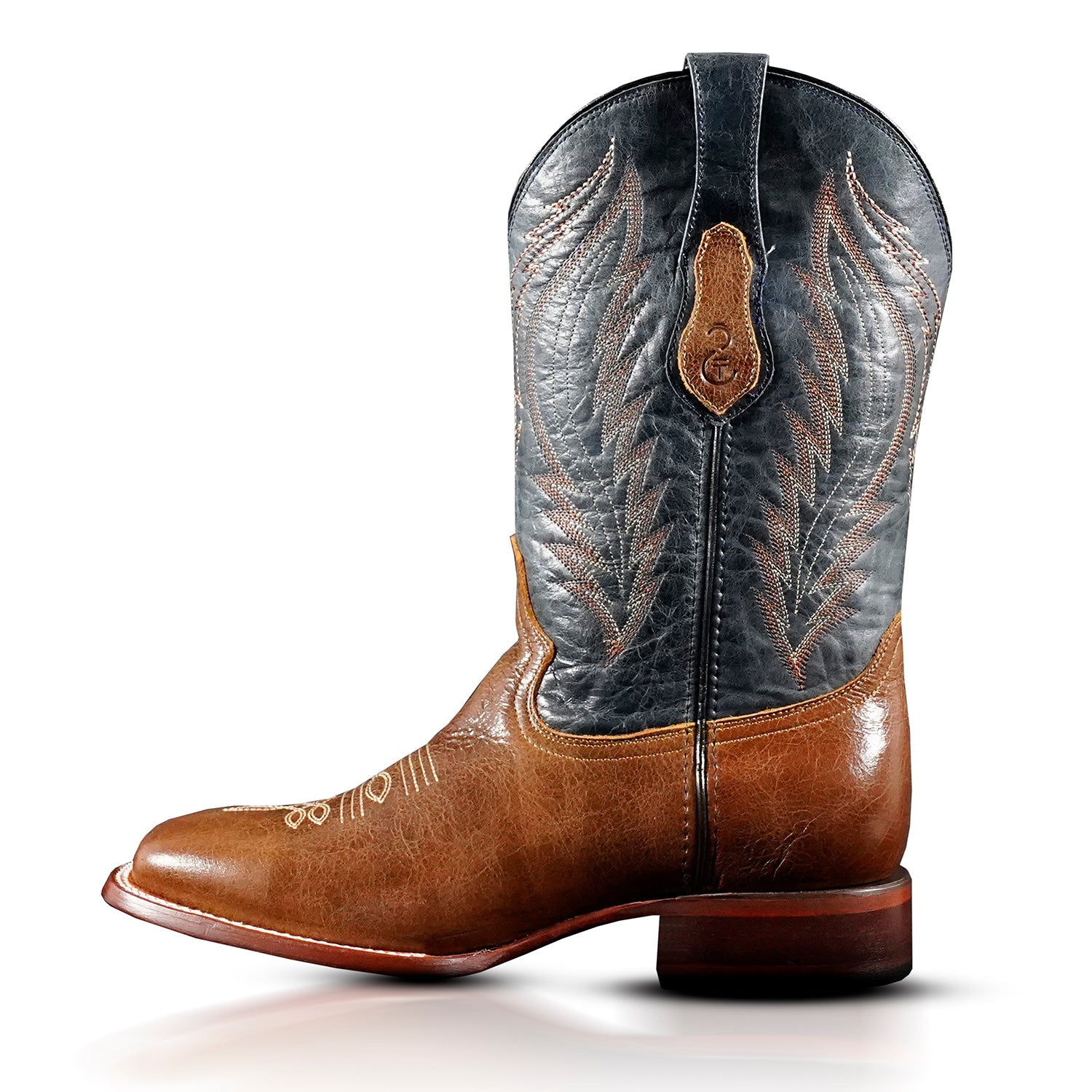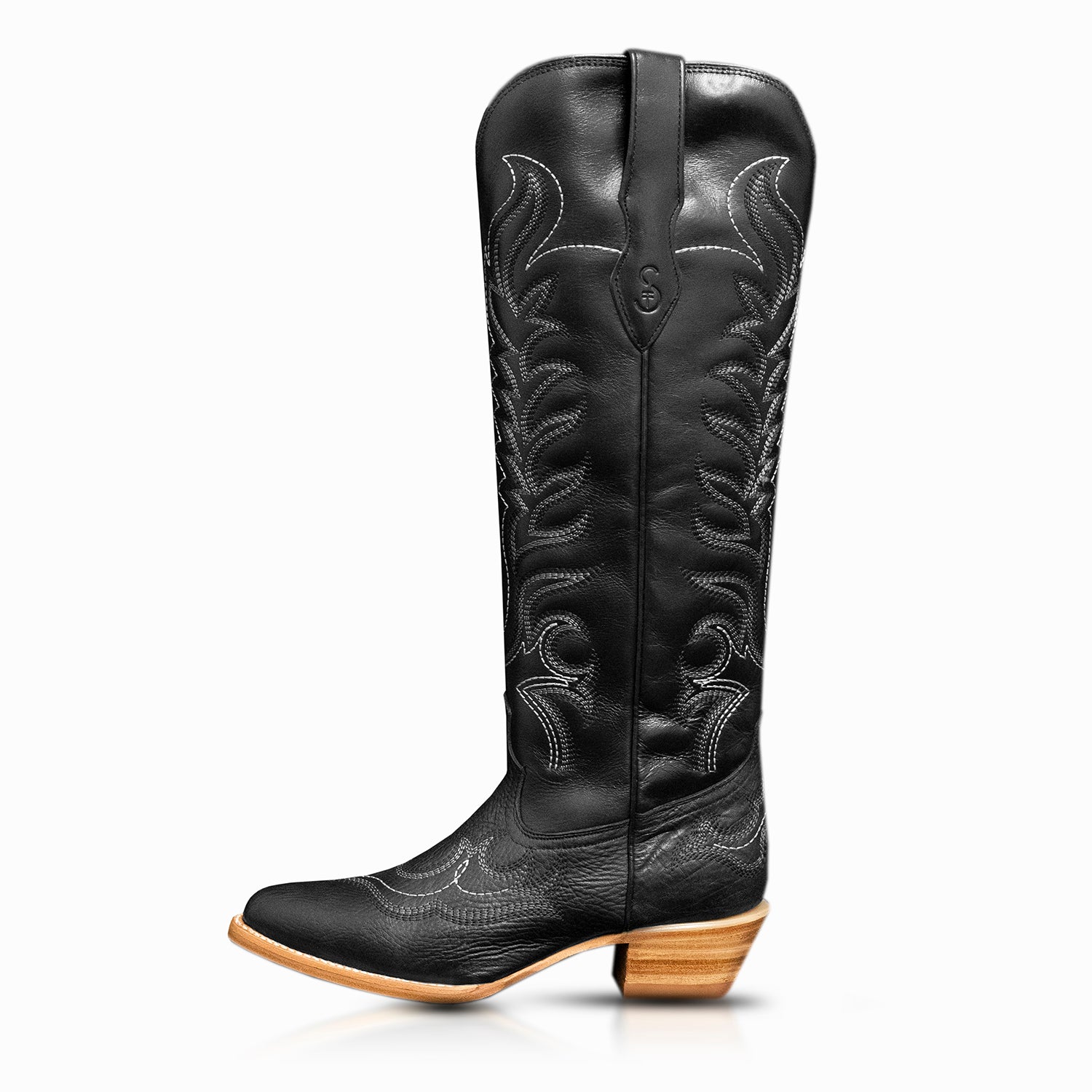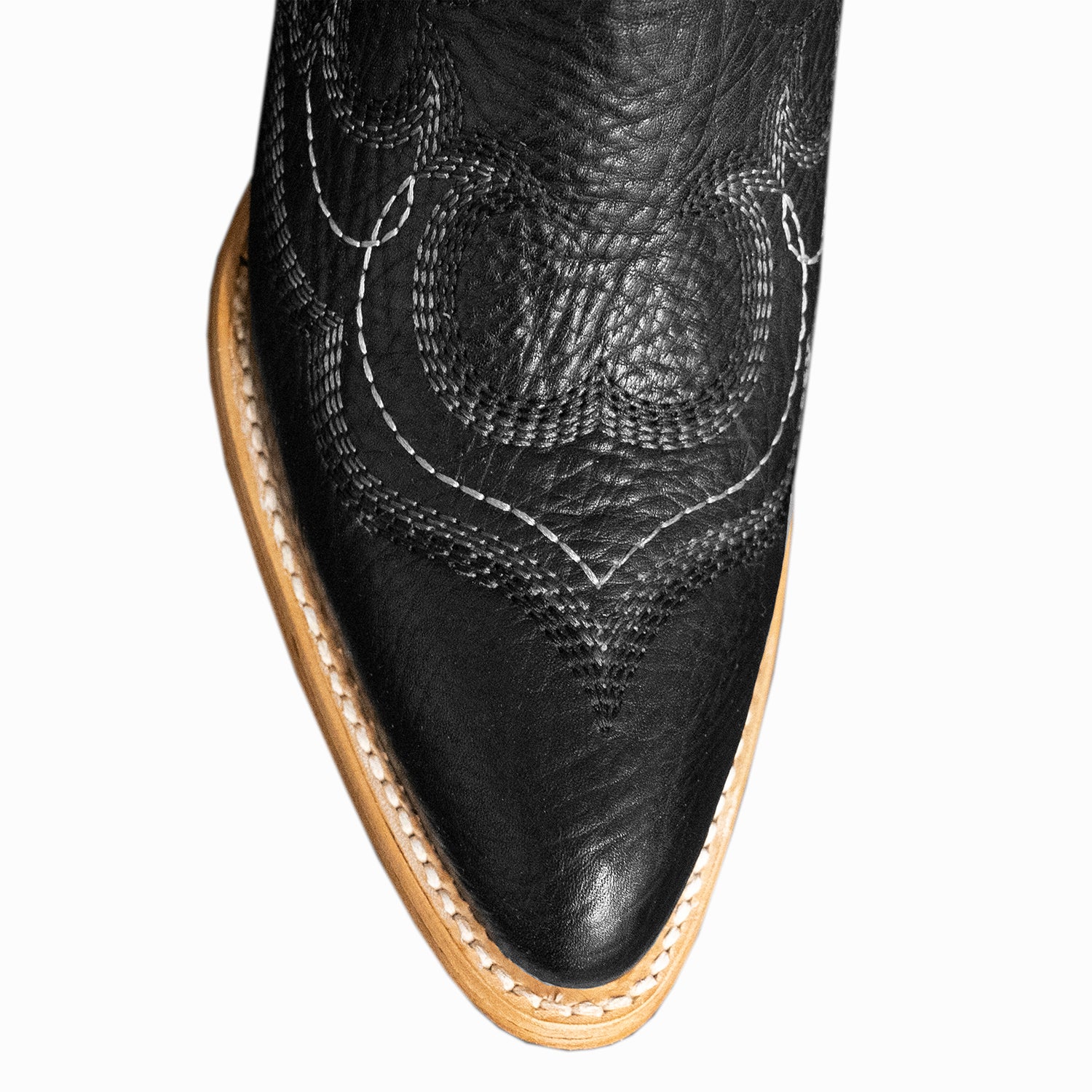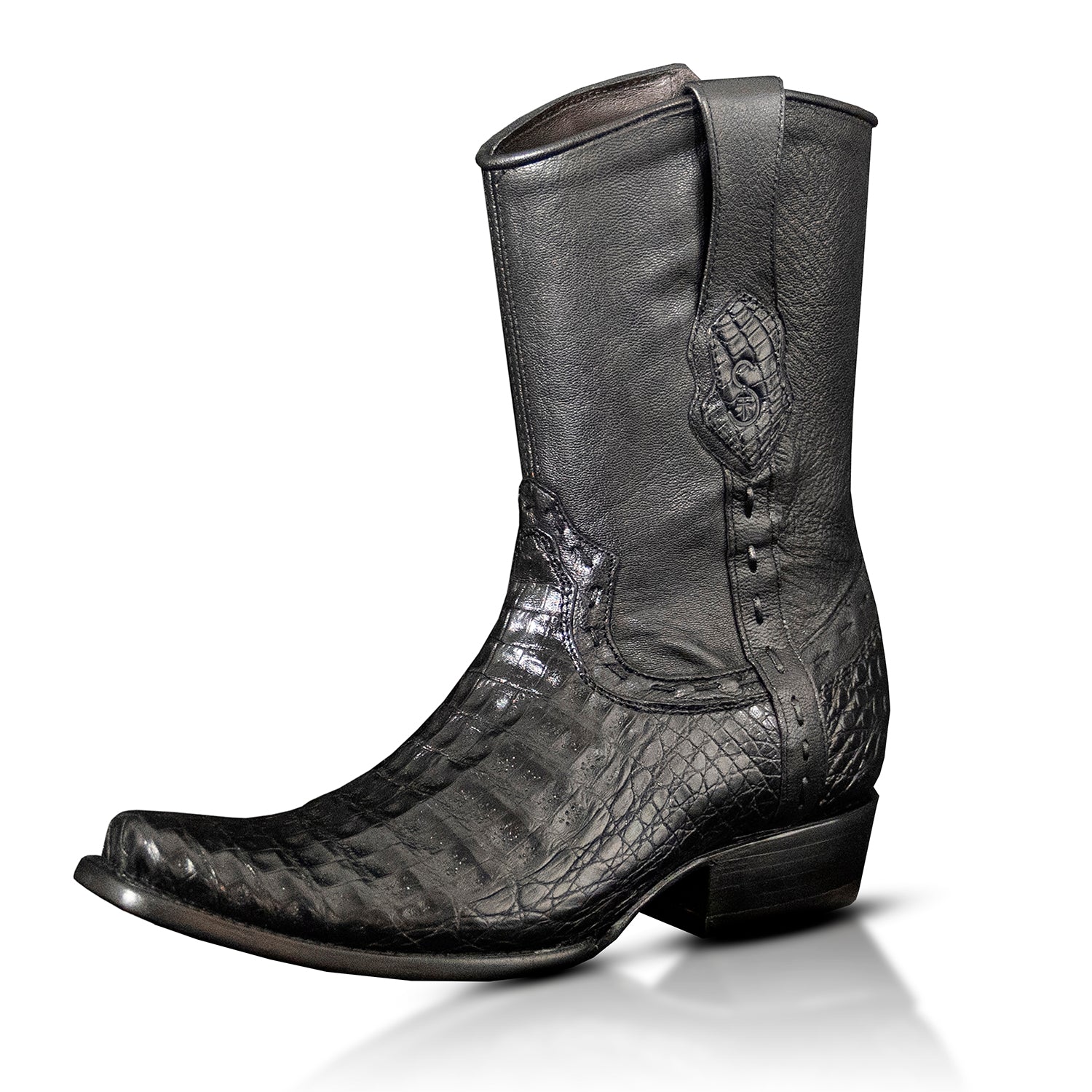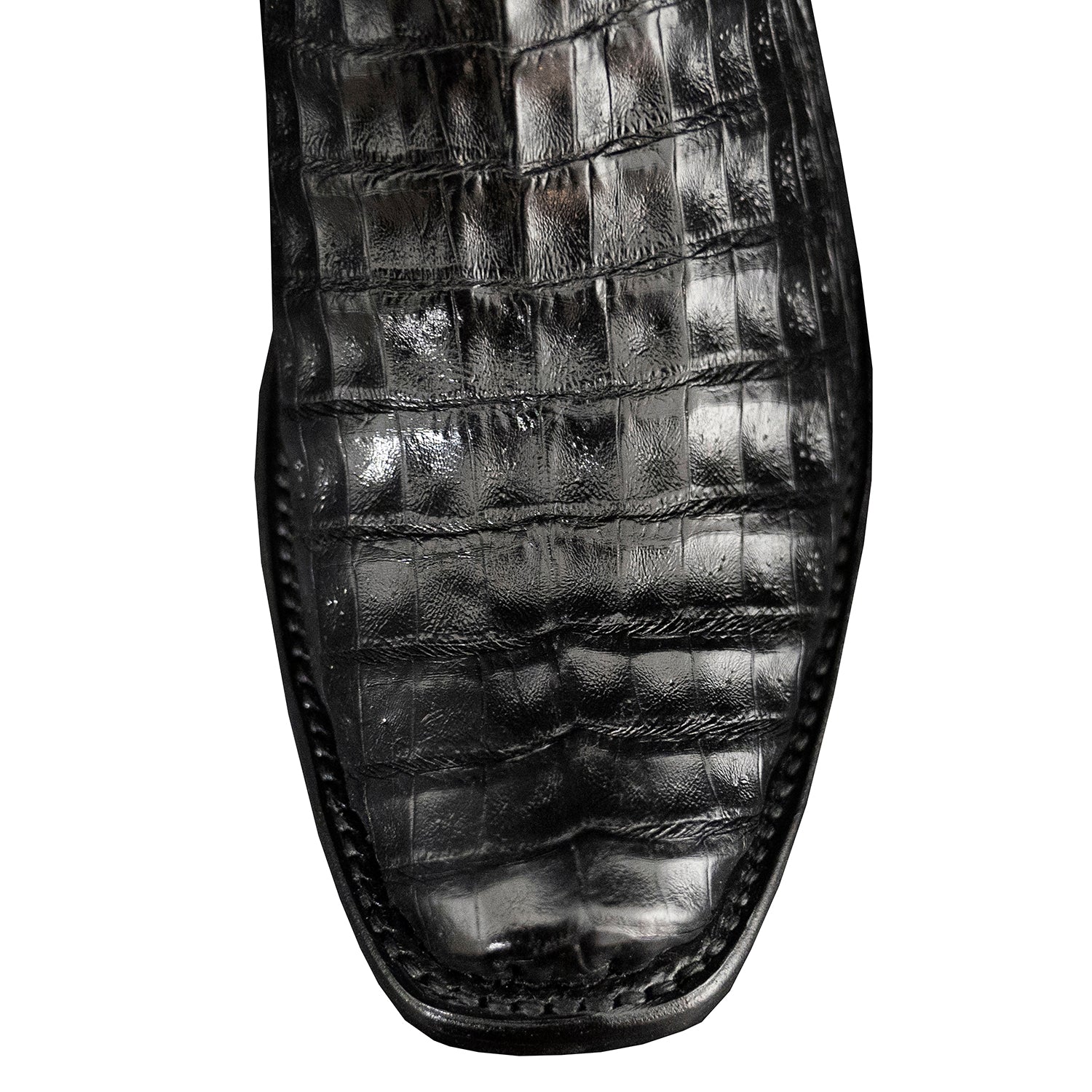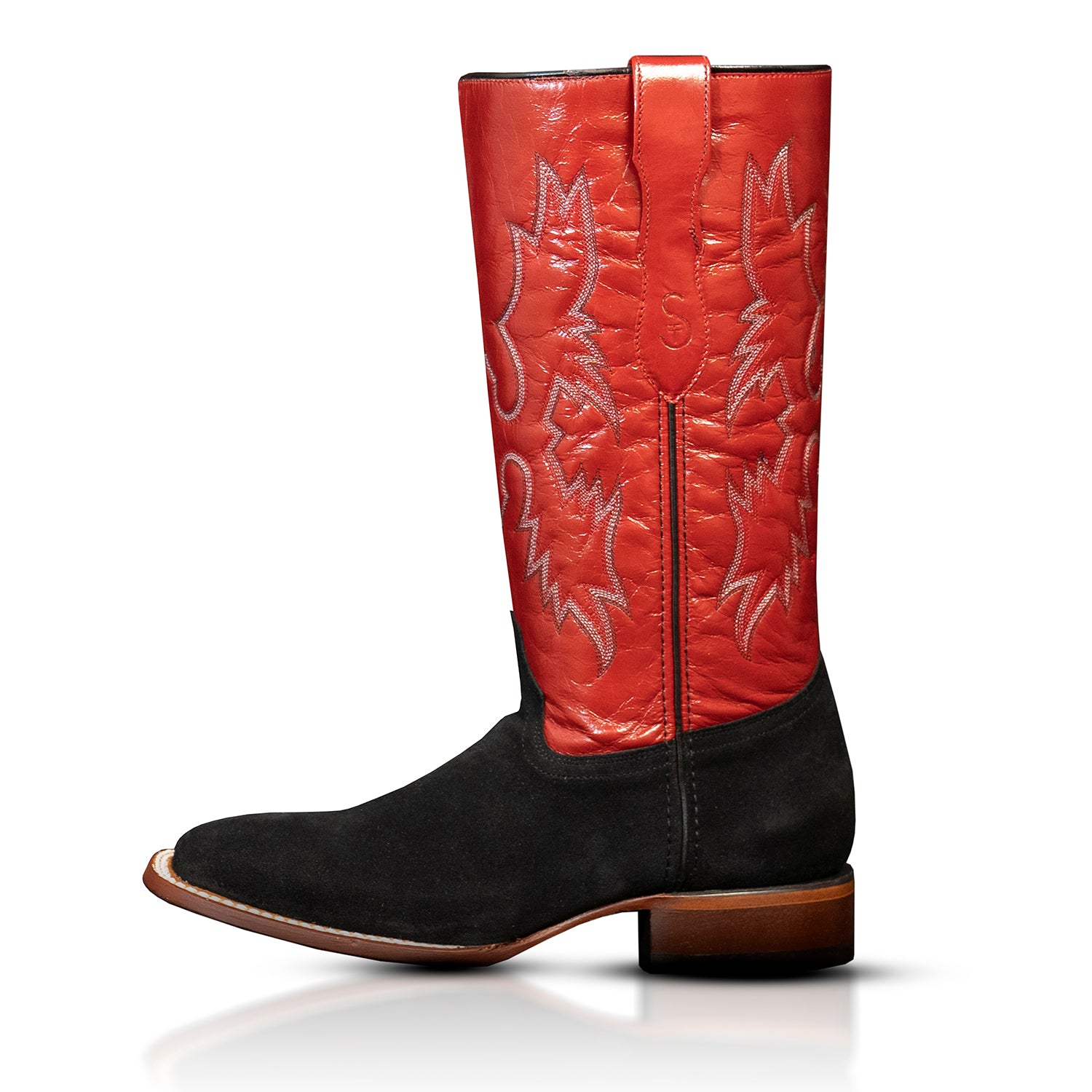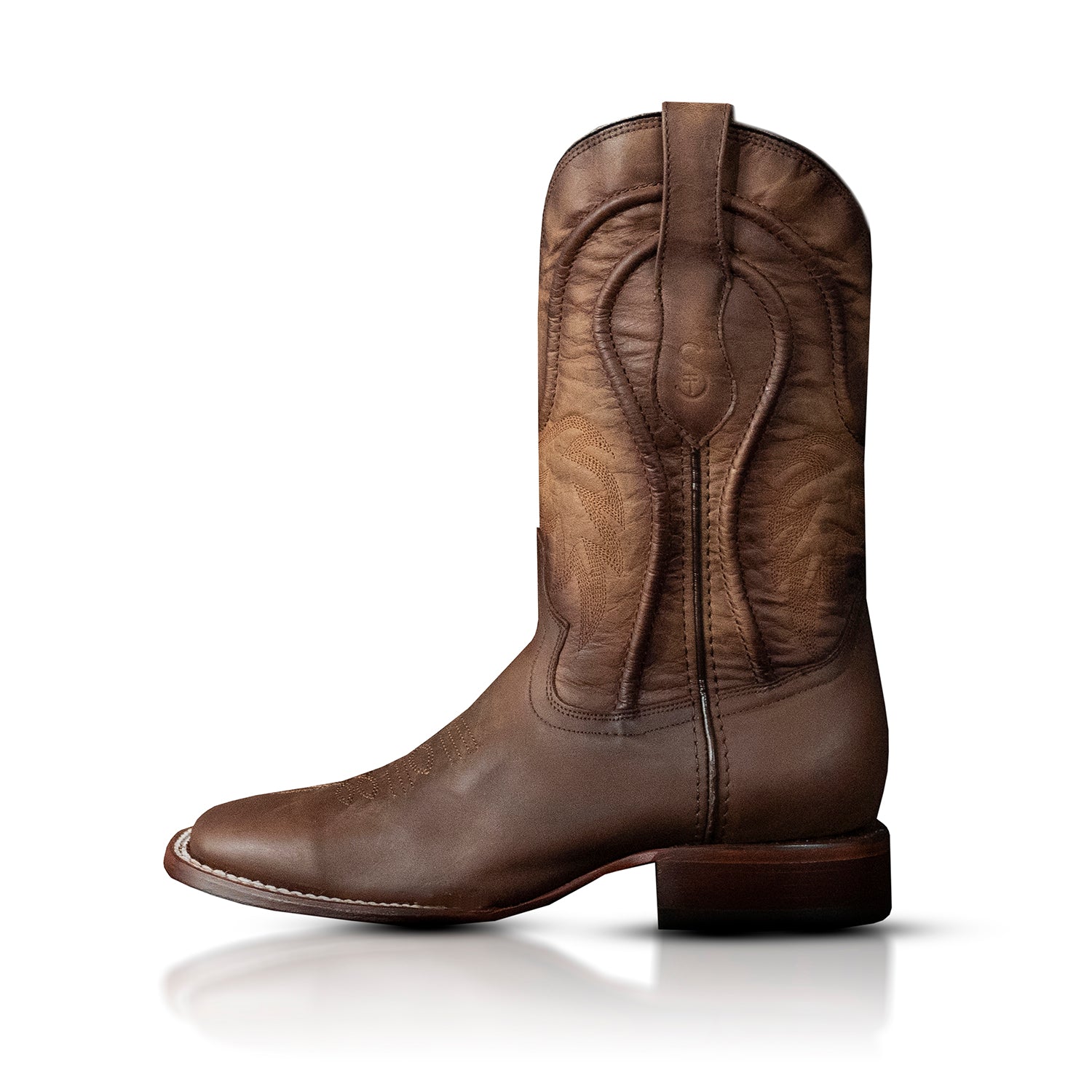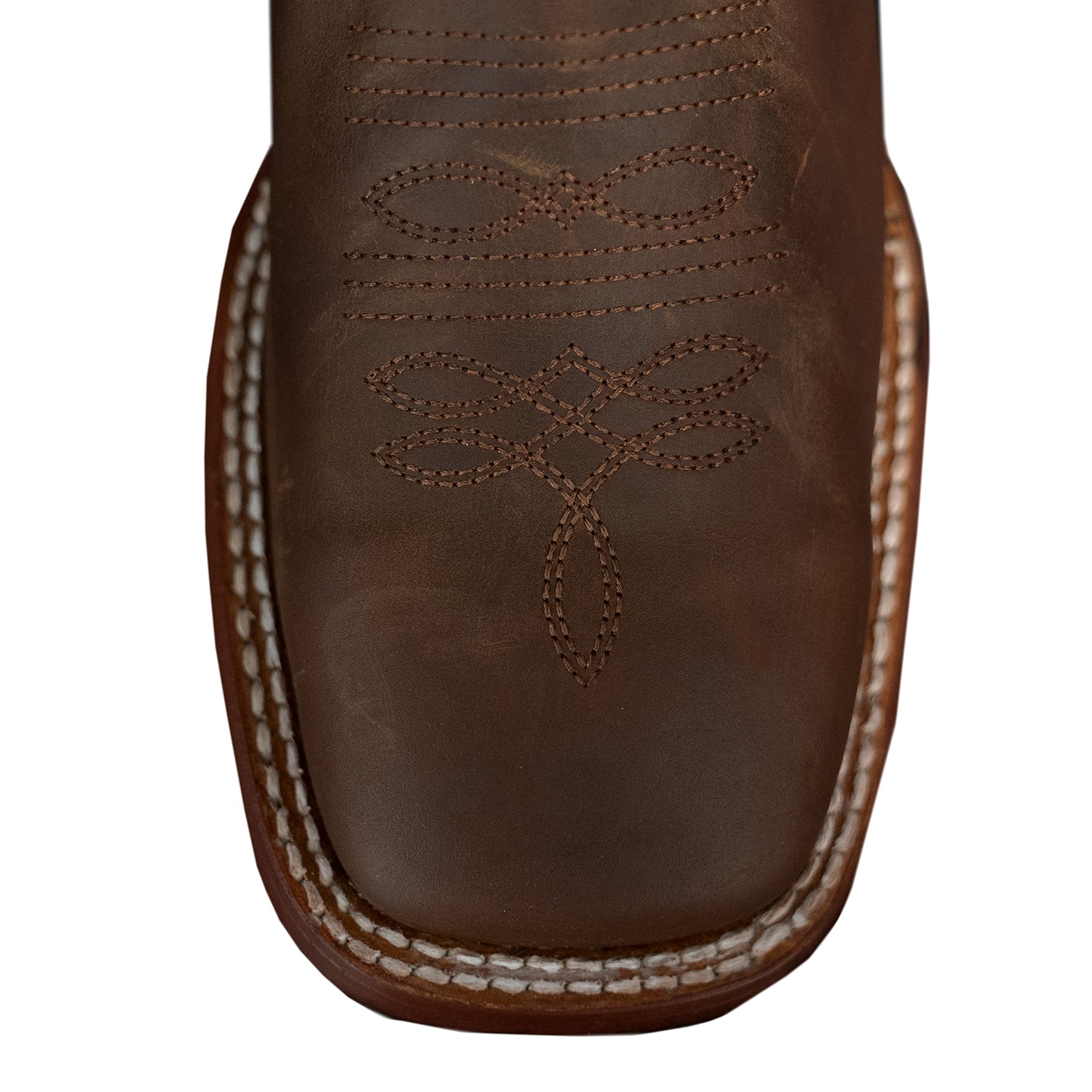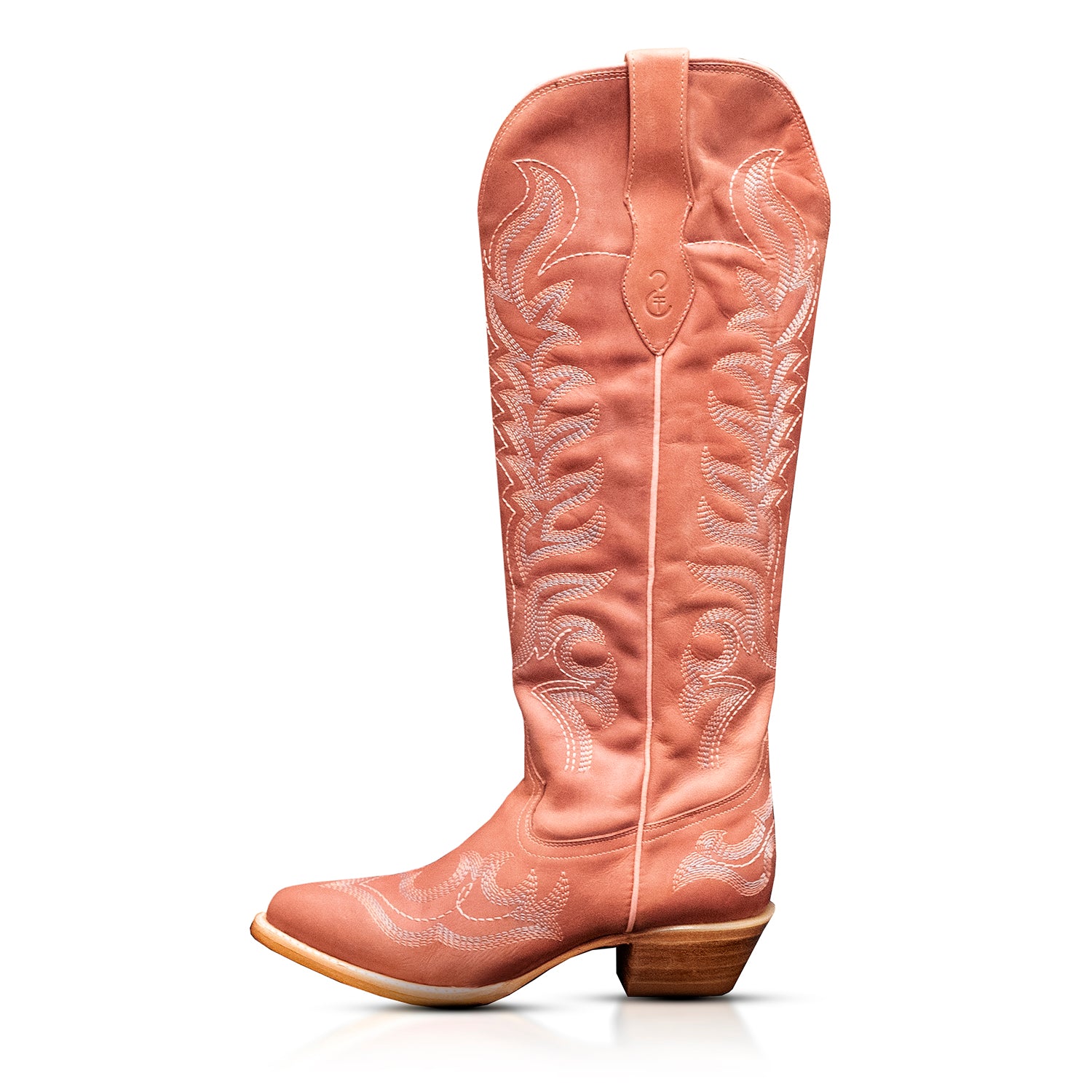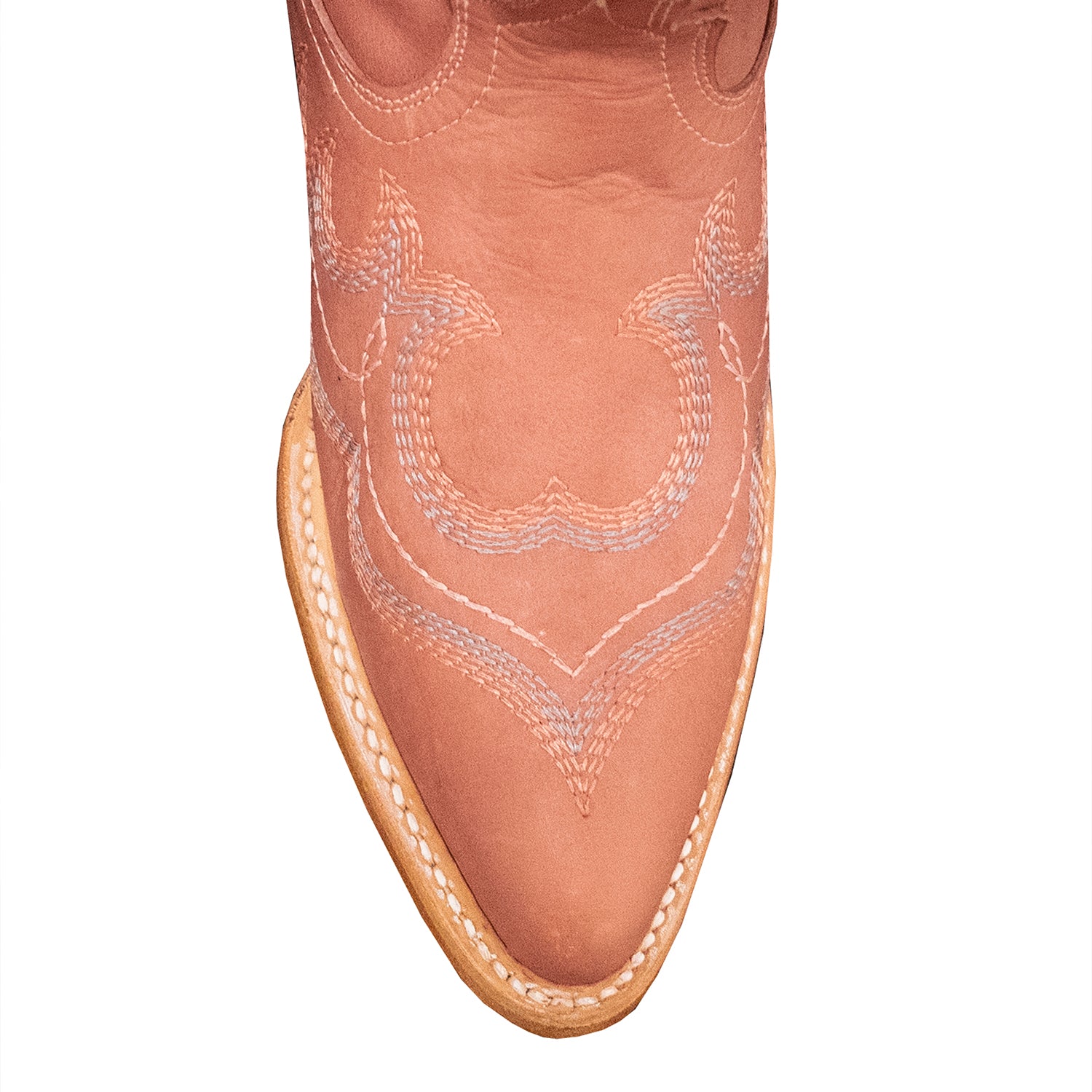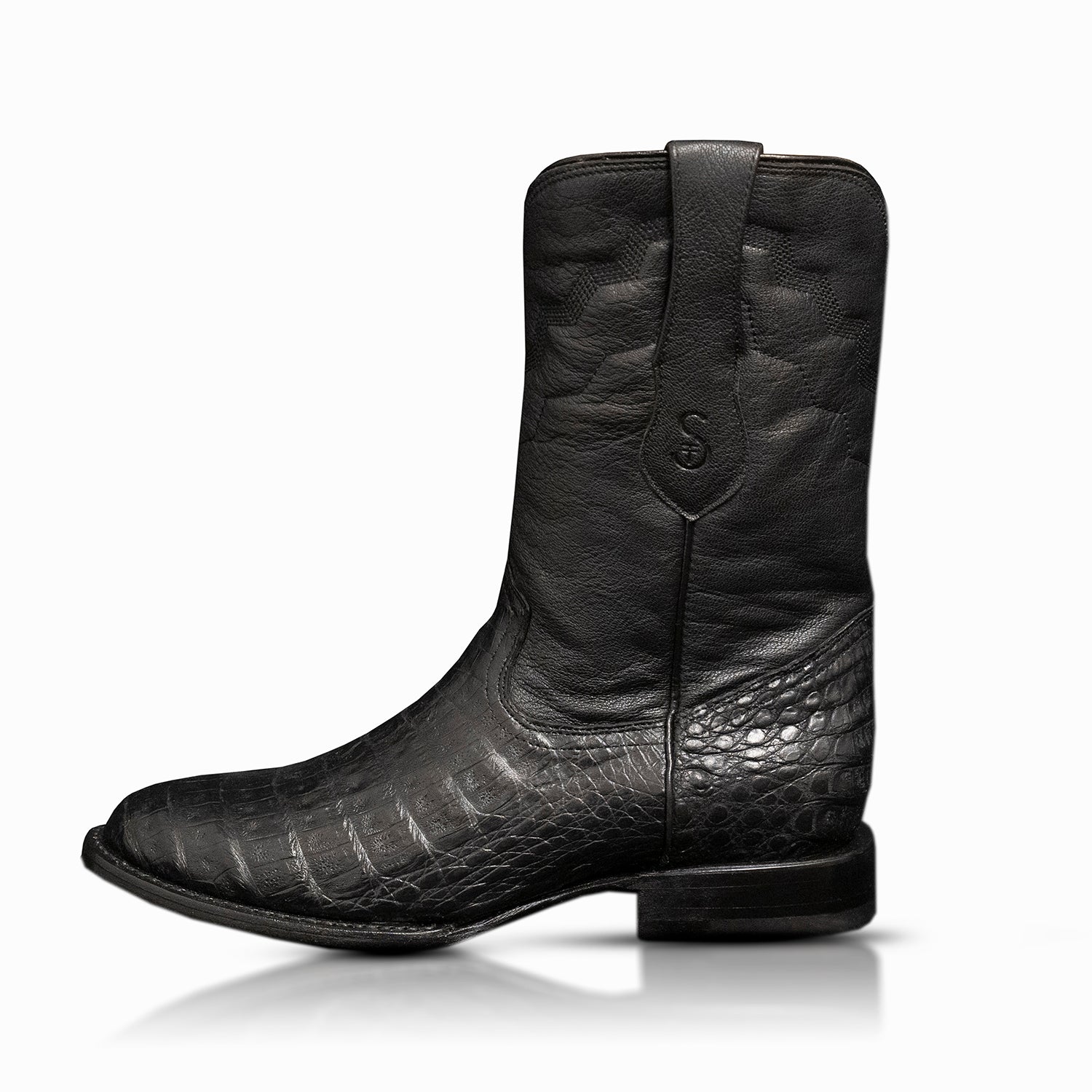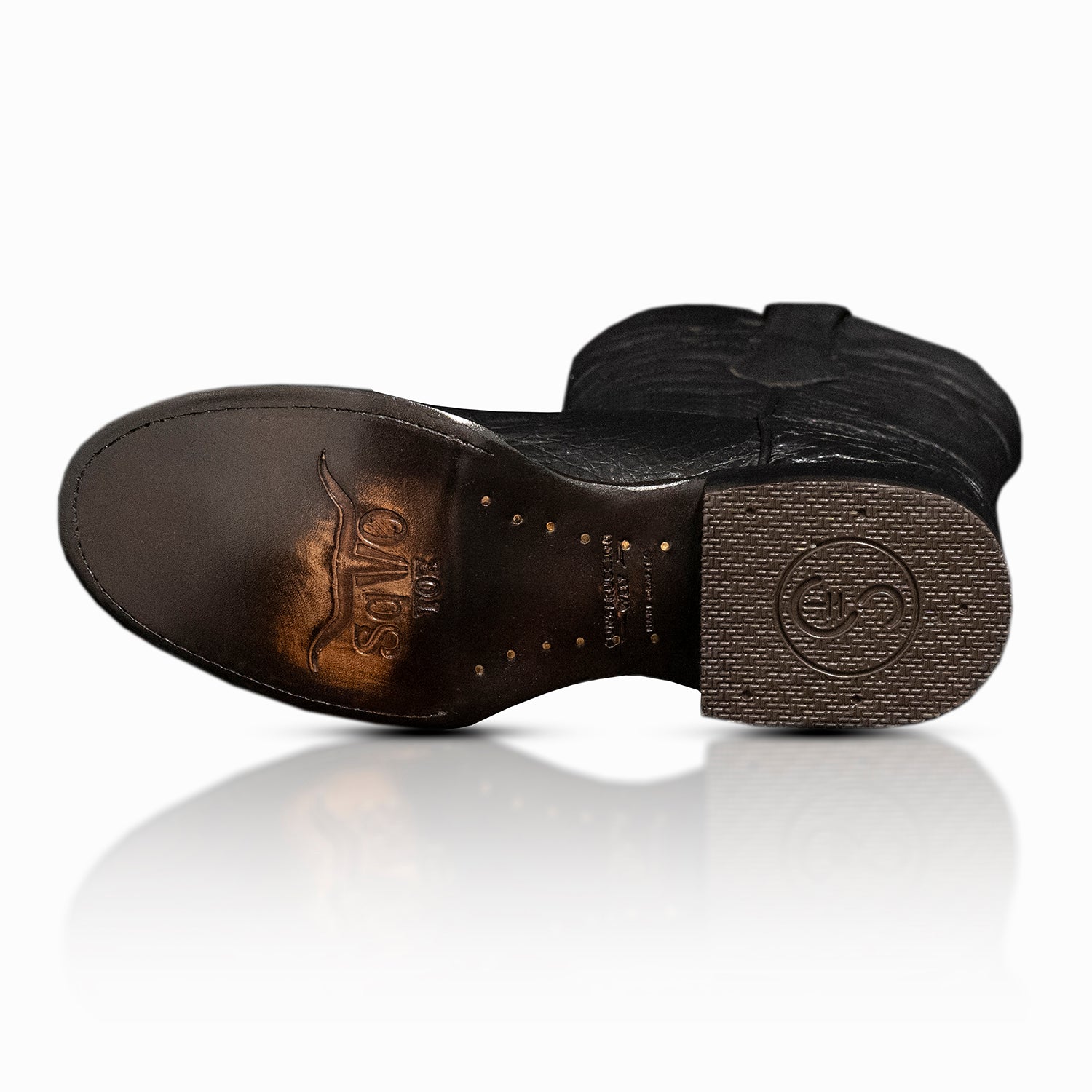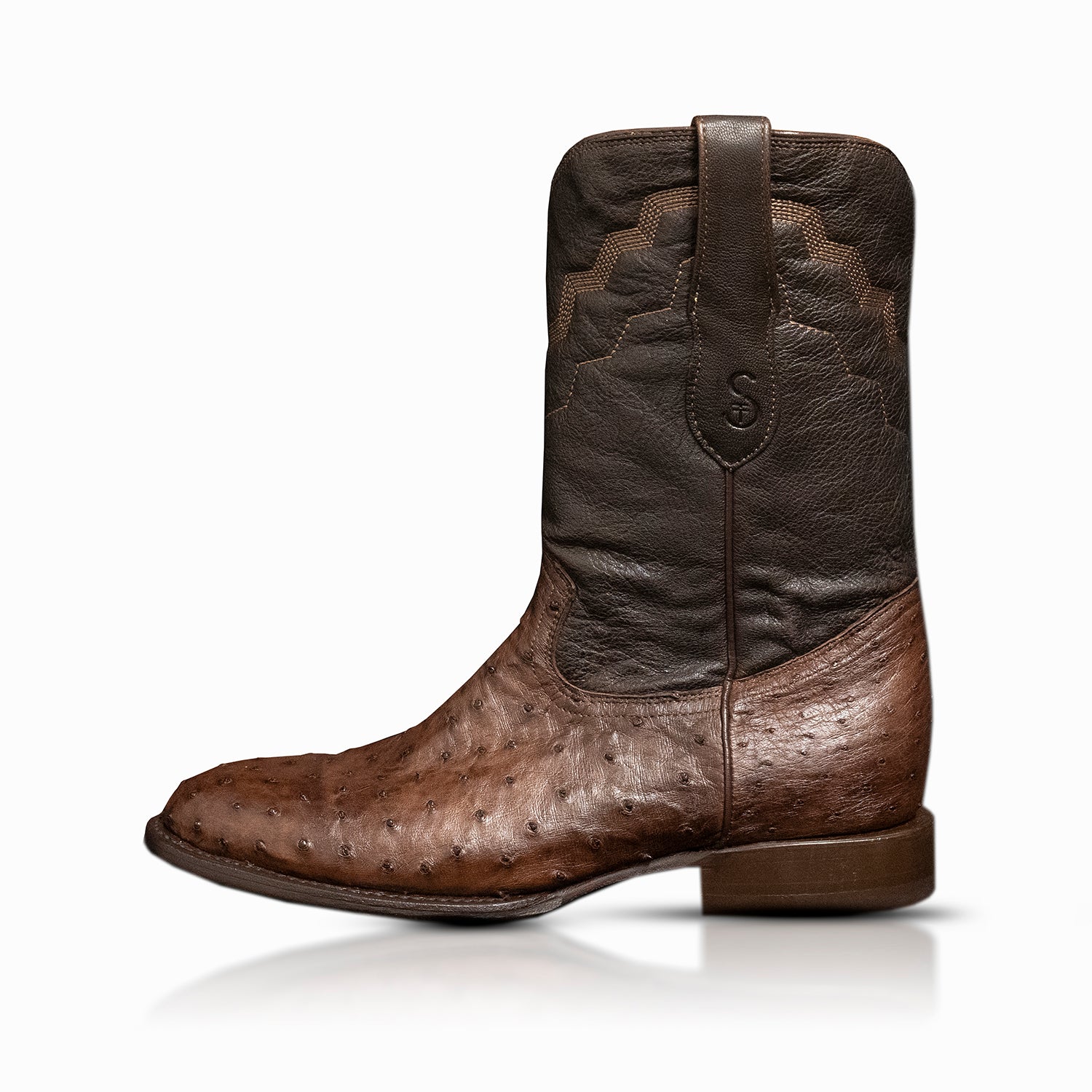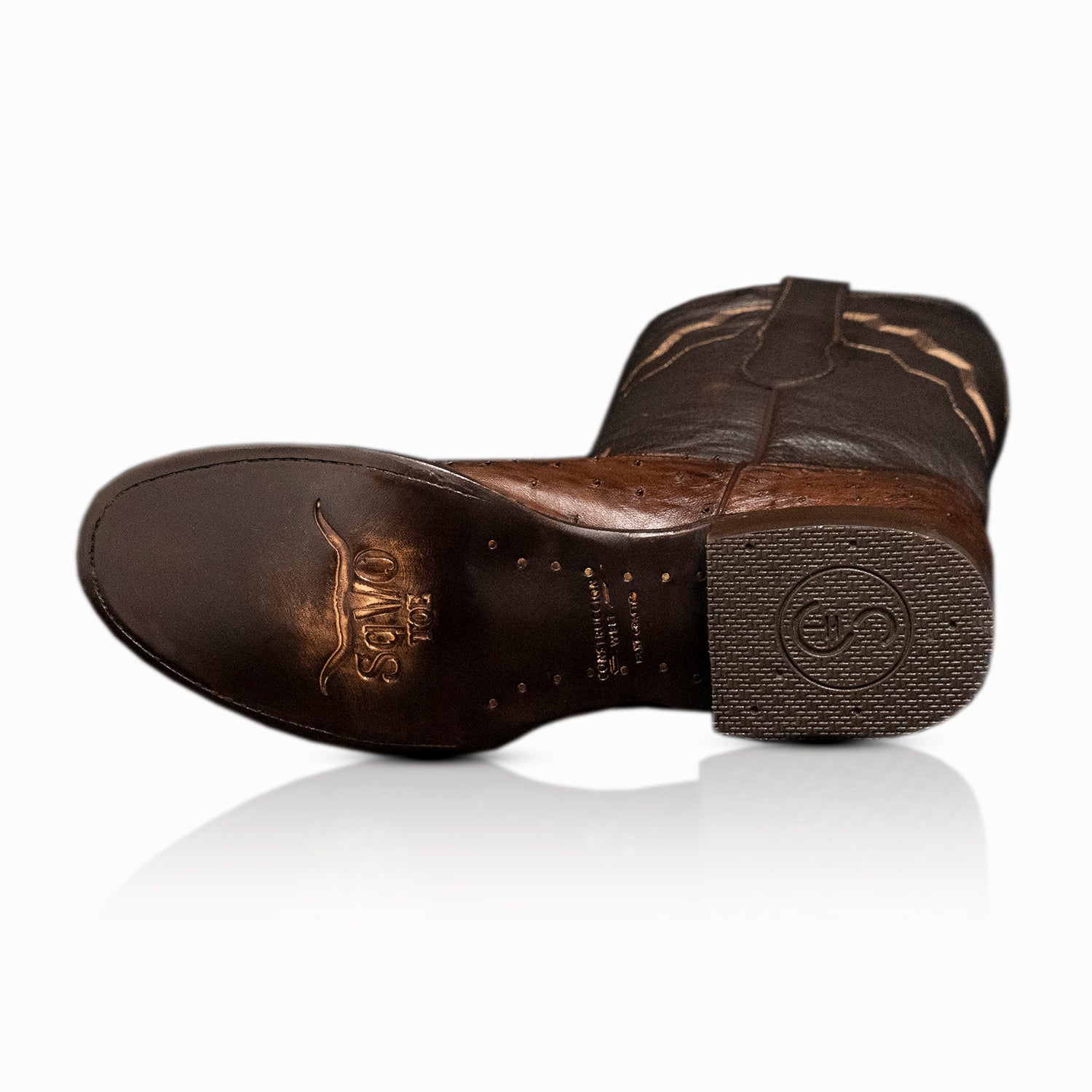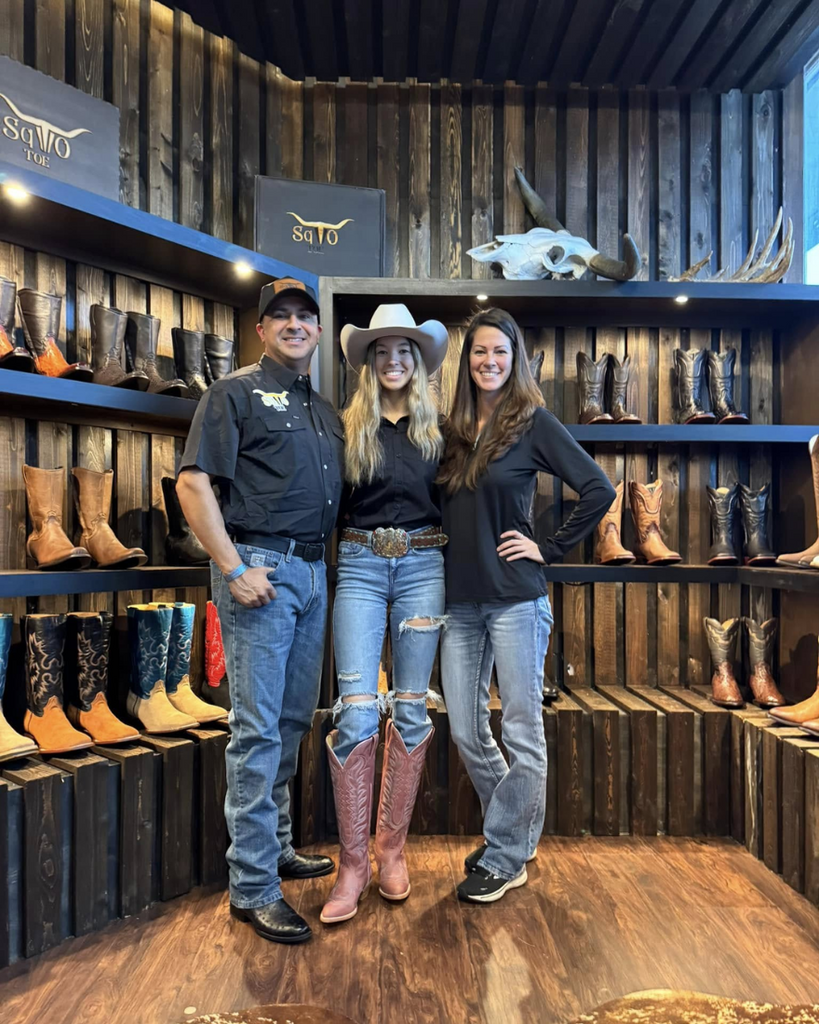
Men's vs. Women's Boots: What's the Difference?

Boots don’t care who you are, they care how you walk. Still, there’s no denying that men's and women's boots often look, feel, and fit a bit differently. Some guys are out there proudly wearing women's boots, and some women rock steel blue women's work boots like champs.
But what makes these boots different beyond just the label? We’re talking shape, size, color, weight, and the little design details that often go unnoticed. If you've ever wondered why your boots feel “off” or why some boots fit better than others, this one’s for you.
How Are Men's and Women's Boots Made Differently?
Let’s break it down. First, there’s the sizing. Most women's work boots start narrower at the heel and have a slightly higher arch. On the other hand, men’s boots are often wider throughout and made with more volume in the toe box. That’s not a rule, but a pattern most brands follow.
Then there’s the weight. Work boots in men’s sizes are often bulkier. Not always heavier, but they’re built to carry more impact. That doesn’t mean women’s short work boots are weak. Brands are just building for different foot shapes and wear styles.
There’s also the design angle. Many stylish women's work boots lean into color, heel shape, or extra padding. You’ll spot features like soft ankle cuts, floral stitching, and pops of color.
Work Boot Talk: The Grit and the Grip
Construction boots for ladies used to be hard to find. Now, brands get that women work in rough environments too. You’ll find pink women's work boots and lace-up women's work boots built to handle tough jobs without giving up fit or comfort.
But are the builds the same? Not always. Some ladies ' work-style boots are lighter to match smaller frames. Others use softer lining or more flexible soles. And yes, there are women's work boots with high heel, though you won’t find those on every site.
Men’s work boots are more likely to come with thick soles and solid outer shells. But both men and women now use options like ankle work boots for women, lace-up work boots for women, or steel blue women's work boots. It’s less about gender and more about finding the right tool for your feet.
Fashion vs Function: Does Style Shift?
Let’s talk style. Men’s boots tend to stick to earth tones, dark shades, and classic cuts. Women’s styles go wider with bright colors, funky shapes, stacked heels, or sleek toes. .
Even function-forward designs like work boots, not steel toe or women's pull-on steel toe boots, now come in styles people actually want to wear outside of work.
And it’s not just a trend. Brands are listening. Working gear work boots now come in fun tones like sky blue, tan, or even white. And if you’re into options, all kinds of boots are out there.
Fit and Feel: What’s the Deal?
The way a boot feels tells you everything. Most women’s boots are shaped with a narrower footbed, tighter heel cup, and extra room across the ball of the foot. But that can make them feel too tight or too loose, depending on your foot.
Some men need the heel hug that ladies' boots for men offer. Others need the broader frame of standard men’s boots in the store. And some just need to try before buying.
The best move? Know your foot. Brands don’t always size evenly between men’s and women’s charts. A woman's work boot marked 8.5 might not match a man’s 8.5. Always read the size chart, check the width, and wear your real work socks when trying on boots.
Men's vs. Women's Boots: A Comprehensive Comparison (2025)
While the fundamental purpose of boots is to protect and support the feet, which remains the same for both men and women, distinct differences exist in their design, construction, and intended use. These differences often reflect anatomical variations, fashion trends, and specific activity requirements. Here's a comprehensive table outlining the key distinctions between men's and women's boots:
|
Feature Category |
Men's Boots |
Women's Boots |
Key Differences |
Common Examples |
|
Anatomical Fit |
Generally wider across the forefoot and midfoot. |
Typically narrower overall, especially in the heel and arch. |
Reflects the average anatomical differences in foot shape between men and women. Designed to provide a more secure and comfortable fit. |
Work boots, hiking boots, classic dress boots (e.g., Blundstone, Red Wing), wider casual boots. |
|
Heel Height |
Predominantly flat or with a very low, functional heel. |
Wider range of heel heights, from flat to high stilettos. |
Reflects different fashion preferences and intended uses. Women's boots often incorporate heels for aesthetic purposes. |
Logger boots, work boots, most hiking boots, classic Chelsea boots. |
|
Toe Box Shape |
Often rounder or more squared for functional space. |
Can be more varied, including pointed, almond, and rounded, often influenced by fashion trends. |
Men's boots prioritize comfort and toe splay, especially in work or outdoor applications. Women's boots can prioritize aesthetics. |
Work boots with steel or composite toes, traditional hiking boots, classic Western boots. |
|
Arch Support |
Often designed with more pronounced and supportive arch structures for prolonged standing or activity. |
May vary depending on the style; functional boots will have good support, while fashion boots might prioritize aesthetics over high support. |
Reflects the generally higher demand for robust support in men's work and outdoor boots. Women's options cater to a wider range of needs. |
Hiking boots, work boots, some tactical boots. |
|
Weight & Bulk |
Tend to be heavier and bulkier, especially in work and outdoor categories, prioritizing durability and protection. |
Can range from lightweight and sleek fashion boots to more substantial and protective hiking or work boots. |
Reflects the emphasis on ruggedness and protection in many men's boot categories. Women's boots offer greater variety in weight and bulk. |
Heavy-duty work boots, insulated winter boots, traditional mountaineering boots. |
|
Material & Durability |
Often constructed with thicker, more robust leathers and heavier-duty hardware for demanding environments. |
Material choices vary widely based on style; can include delicate suedes, thinner leathers, and synthetic materials alongside durable options. |
Men's boots often prioritize long-lasting durability and resilience in harsh conditions. Women's boots balance durability with aesthetic appeal and varied usage. |
Full-grain leather work boots, heavy canvas hiking boots, durable synthetic tactical boots. |
|
Styling & Aesthetics |
Generally more utilitarian and classic in design, often prioritizing function over elaborate aesthetics. |
Wider range of styles and designs, heavily influenced by current fashion trends, with more embellishments, color variations, and detailing. |
Men's boot styling often focuses on practicality and timelessness. Women's boots offer greater stylistic diversity and are more susceptible to seasonal trends. |
Classic work boots, traditional hiking boots, plain leather Chelsea boots, minimalist dress boots. |
|
Sizing |
Sized according to men's US, UK, or European sizing systems. |
Sized according to women's US, UK, or European sizing systems. |
Different sizing scales are used to account for the average differences in foot length and width between sexes. Conversion charts are necessary when switching between genders' sizing. |
Men's US sizes typically range from 6 to 14 (with some variations). |
|
Intended Use |
Commonly associated with work, outdoor activities (hiking, hunting), and classic, functional everyday wear. |
Encompasses a wider range, including fashion, casual wear, work (in some sectors), and outdoor activities, with specific designs for each. |
While both genders wear boots for various purposes, specific designs often cater to the traditional demands and preferences associated with each gender. |
Steel-toed work boots, waterproof hiking boots, durable motorcycle boots. |
Conclusion
Boots don’t care about labels, but your feet do. If you want the right fit, focus on how they feel and how they hold up. Forget the tag. Walk in what works. Check out Square-to-Toe to explore boots that fit your lifestyle. Whether you need comfort, grip, or standout style, they have everything you need.
FAQs
Can men wear women’s boots comfortably?
Yes, many do. Just adjust for sizing and check the width.
Are women’s boots less durable than men’s?
Not anymore. Many are just as tough, especially in work gear lines.
What’s the sizing difference between men’s and women’s boots?
There’s usually a 1.5 size difference—men’s 8 = women’s 9.5.
Do women’s work boots offer steel-toe protection?
Yes. Options like women's pull-on steel-toe work boots are widely available.
Can women wear men’s boots for wide feet?
Yes. Many women prefer men’s boots for added toe room or thicker soles.
